Quick filters:
Statue of urania Stock Photos and Images
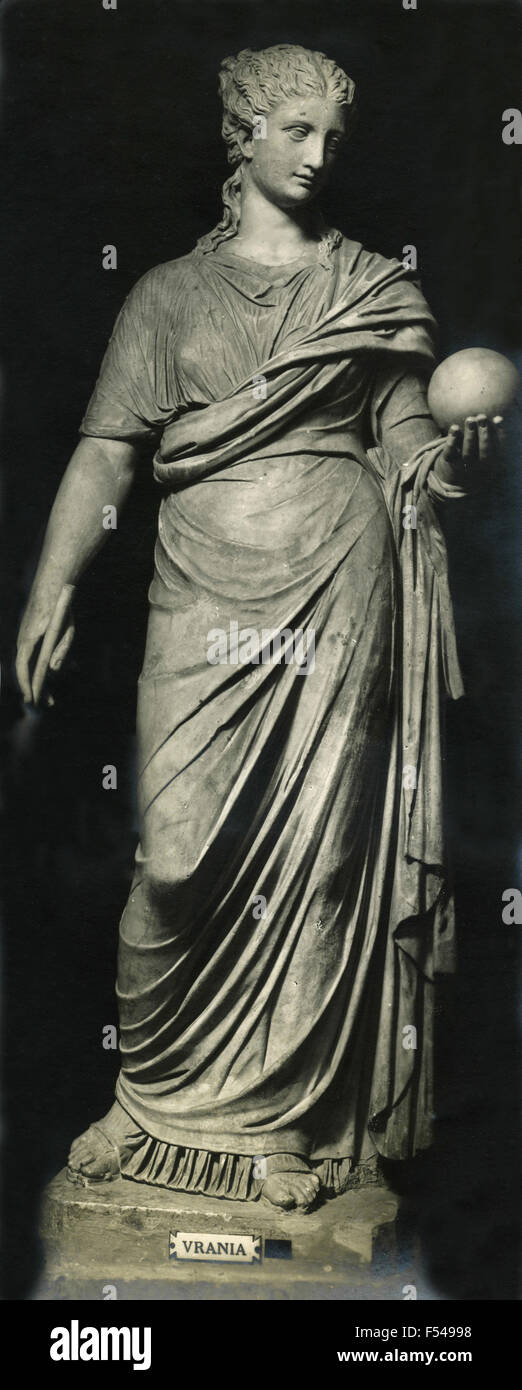 Statue of Urania , the Vatican Museum Stock Photohttps://www.alamy.com/image-license-details/?v=1https://www.alamy.com/stock-photo-statue-of-urania-the-vatican-museum-89220244.html
Statue of Urania , the Vatican Museum Stock Photohttps://www.alamy.com/image-license-details/?v=1https://www.alamy.com/stock-photo-statue-of-urania-the-vatican-museum-89220244.htmlRMF54998–Statue of Urania , the Vatican Museum
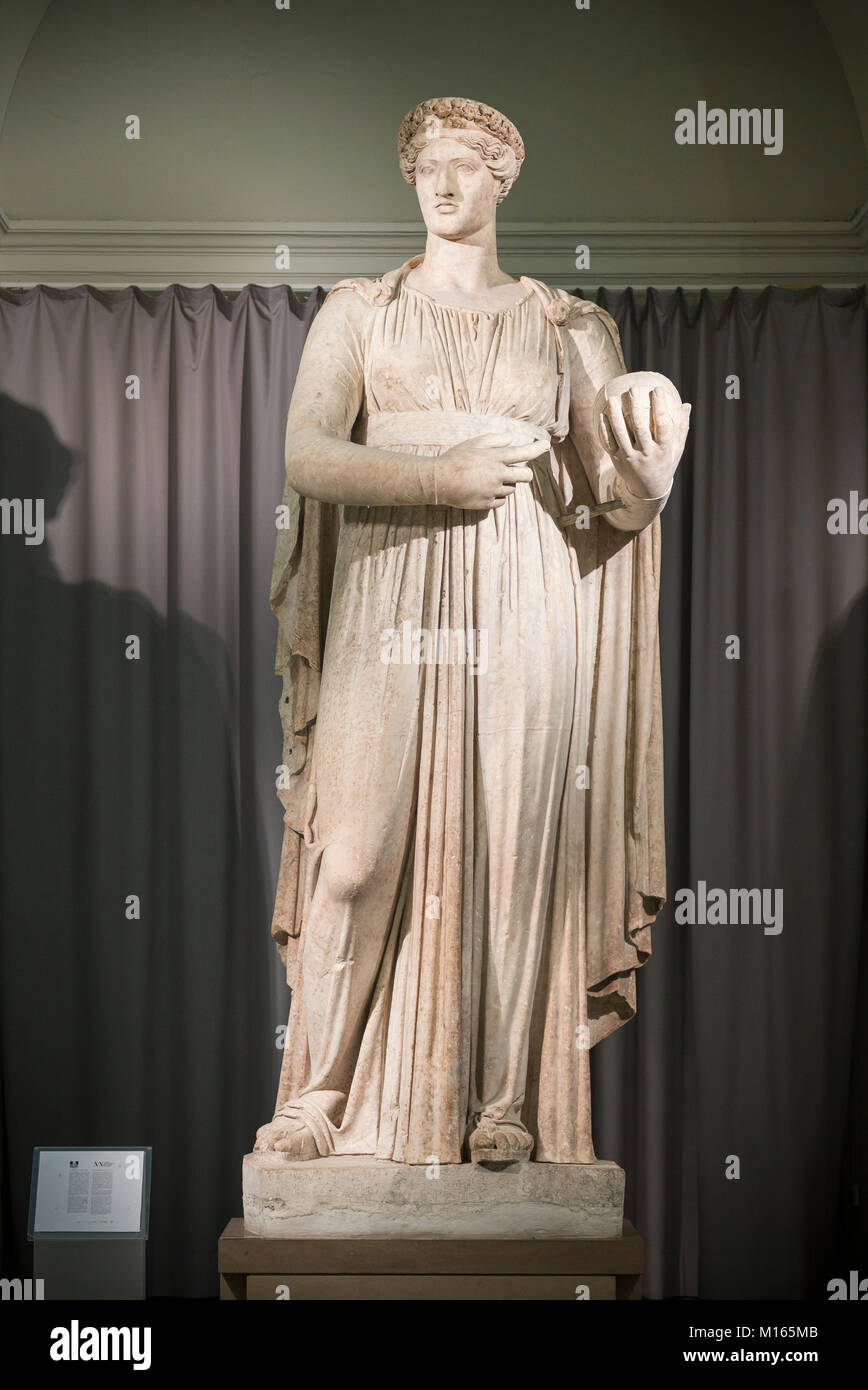 Naples. Italy. Urania, Muse of astronomy, Museo Archeologico Nazionale di Napoli. Naples National Archaeological Museum. Colossal statue of Urania ho Stock Photohttps://www.alamy.com/image-license-details/?v=1https://www.alamy.com/stock-photo-naples-italy-urania-muse-of-astronomy-museo-archeologico-nazionale-172854539.html
Naples. Italy. Urania, Muse of astronomy, Museo Archeologico Nazionale di Napoli. Naples National Archaeological Museum. Colossal statue of Urania ho Stock Photohttps://www.alamy.com/image-license-details/?v=1https://www.alamy.com/stock-photo-naples-italy-urania-muse-of-astronomy-museo-archeologico-nazionale-172854539.htmlRMM165MB–Naples. Italy. Urania, Muse of astronomy, Museo Archeologico Nazionale di Napoli. Naples National Archaeological Museum. Colossal statue of Urania ho
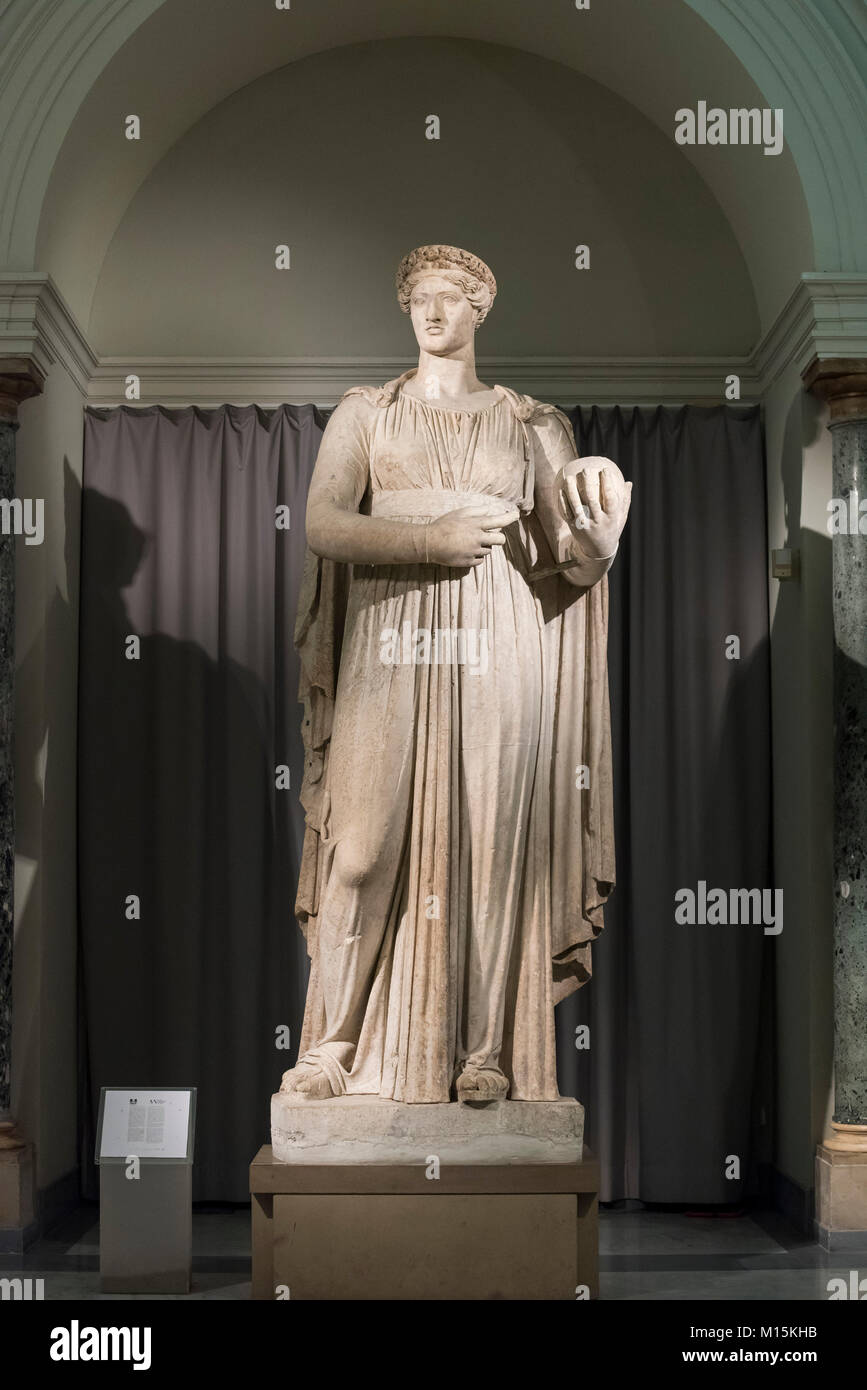 Naples. Italy. Urania, Muse of astronomy, Museo Archeologico Nazionale di Napoli. Naples National Archaeological Museum. Colossal statue of Urania ho Stock Photohttps://www.alamy.com/image-license-details/?v=1https://www.alamy.com/stock-photo-naples-italy-urania-muse-of-astronomy-museo-archeologico-nazionale-172843479.html
Naples. Italy. Urania, Muse of astronomy, Museo Archeologico Nazionale di Napoli. Naples National Archaeological Museum. Colossal statue of Urania ho Stock Photohttps://www.alamy.com/image-license-details/?v=1https://www.alamy.com/stock-photo-naples-italy-urania-muse-of-astronomy-museo-archeologico-nazionale-172843479.htmlRMM15KHB–Naples. Italy. Urania, Muse of astronomy, Museo Archeologico Nazionale di Napoli. Naples National Archaeological Museum. Colossal statue of Urania ho
 Statue of Urania, the muse of astronomy, with pair of compasses. Copperplate engraving by Francois-Anne David from Museum de Florence, ou Collection des Pierres Gravees, Statues, Medailles, Chez F.A. David, Paris, 1787. David (1741-1824) drew and engraved the illustrations based on Roman statues, engraved stones and medals in the collection of the Museum de Florence and the cabinet of curiosities of the Grand Duke of Tuscany. Stock Photohttps://www.alamy.com/image-license-details/?v=1https://www.alamy.com/statue-of-urania-the-muse-of-astronomy-with-pair-of-compasses-copperplate-engraving-by-francois-anne-david-from-museum-de-florence-ou-collection-des-pierres-gravees-statues-medailles-chez-fa-david-paris-1787-david-1741-1824-drew-and-engraved-the-illustrations-based-on-roman-statues-engraved-stones-and-medals-in-the-collection-of-the-museum-de-florence-and-the-cabinet-of-curiosities-of-the-grand-duke-of-tuscany-image359068394.html
Statue of Urania, the muse of astronomy, with pair of compasses. Copperplate engraving by Francois-Anne David from Museum de Florence, ou Collection des Pierres Gravees, Statues, Medailles, Chez F.A. David, Paris, 1787. David (1741-1824) drew and engraved the illustrations based on Roman statues, engraved stones and medals in the collection of the Museum de Florence and the cabinet of curiosities of the Grand Duke of Tuscany. Stock Photohttps://www.alamy.com/image-license-details/?v=1https://www.alamy.com/statue-of-urania-the-muse-of-astronomy-with-pair-of-compasses-copperplate-engraving-by-francois-anne-david-from-museum-de-florence-ou-collection-des-pierres-gravees-statues-medailles-chez-fa-david-paris-1787-david-1741-1824-drew-and-engraved-the-illustrations-based-on-roman-statues-engraved-stones-and-medals-in-the-collection-of-the-museum-de-florence-and-the-cabinet-of-curiosities-of-the-grand-duke-of-tuscany-image359068394.htmlRM2BT4YB6–Statue of Urania, the muse of astronomy, with pair of compasses. Copperplate engraving by Francois-Anne David from Museum de Florence, ou Collection des Pierres Gravees, Statues, Medailles, Chez F.A. David, Paris, 1787. David (1741-1824) drew and engraved the illustrations based on Roman statues, engraved stones and medals in the collection of the Museum de Florence and the cabinet of curiosities of the Grand Duke of Tuscany.
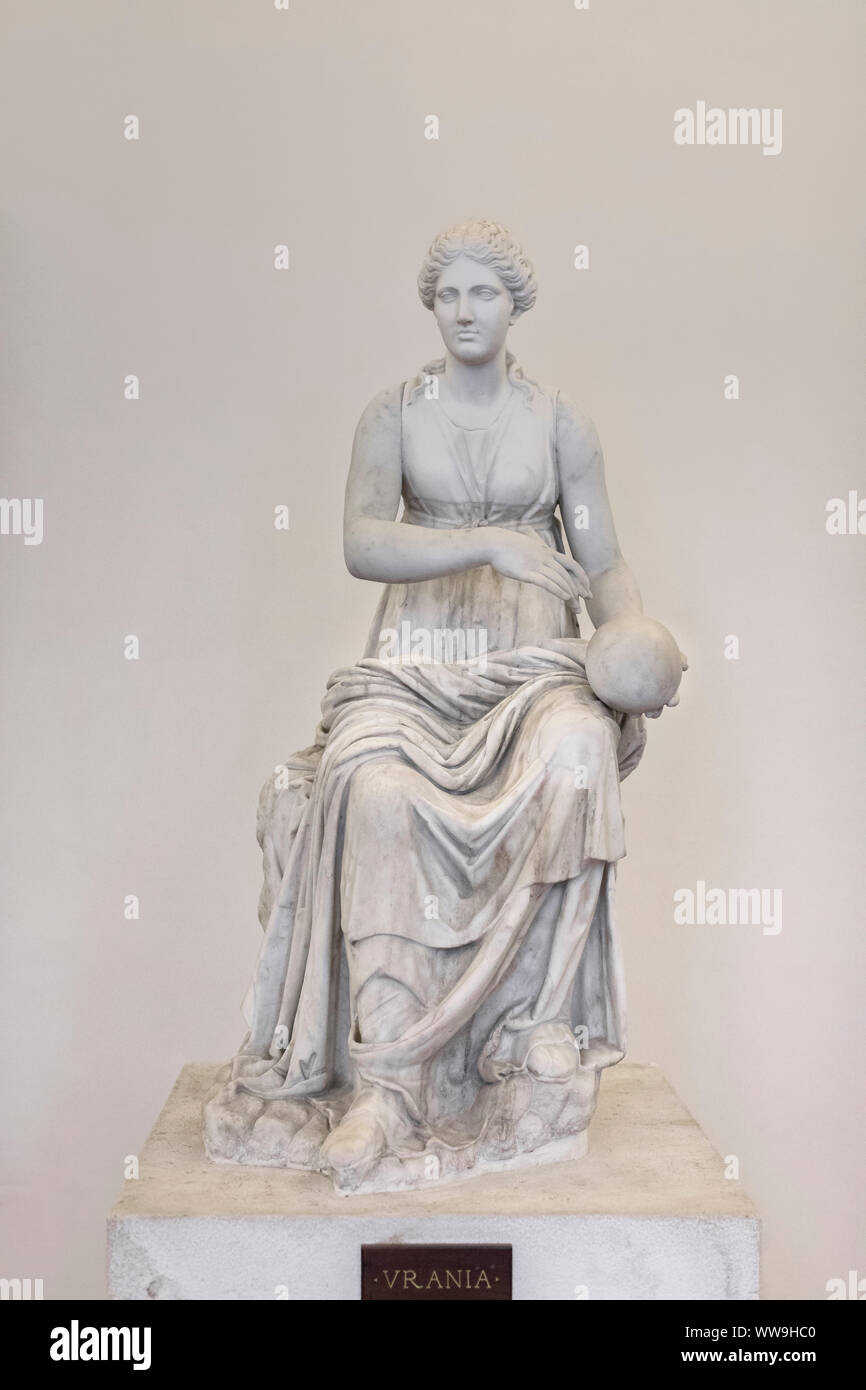 Statue of Urania Stock Photohttps://www.alamy.com/image-license-details/?v=1https://www.alamy.com/statue-of-urania-image273733152.html
Statue of Urania Stock Photohttps://www.alamy.com/image-license-details/?v=1https://www.alamy.com/statue-of-urania-image273733152.htmlRMWW9HC0–Statue of Urania
 Statue of the Muse Urania, Gerard ter Borch (I), c. 1609, draughtsman: Gerard ter Borch (I), (mentioned on object), Rome, c. 1609, paper, h 230 mm × w 130 mm Stock Photohttps://www.alamy.com/image-license-details/?v=1https://www.alamy.com/statue-of-the-muse-urania-gerard-ter-borch-i-c-1609-draughtsman-gerard-ter-borch-i-mentioned-on-object-rome-c-1609-paper-h-230-mm-w-130-mm-image472047941.html
Statue of the Muse Urania, Gerard ter Borch (I), c. 1609, draughtsman: Gerard ter Borch (I), (mentioned on object), Rome, c. 1609, paper, h 230 mm × w 130 mm Stock Photohttps://www.alamy.com/image-license-details/?v=1https://www.alamy.com/statue-of-the-muse-urania-gerard-ter-borch-i-c-1609-draughtsman-gerard-ter-borch-i-mentioned-on-object-rome-c-1609-paper-h-230-mm-w-130-mm-image472047941.htmlRM2JBYHY1–Statue of the Muse Urania, Gerard ter Borch (I), c. 1609, draughtsman: Gerard ter Borch (I), (mentioned on object), Rome, c. 1609, paper, h 230 mm × w 130 mm
 Statue of Urania, muse of Astronomy. 1st century BC. Marble. From Churriana (Malaga province, Andalusia, Spain). National Archaeological Museum. Madrid. Spain. Stock Photohttps://www.alamy.com/image-license-details/?v=1https://www.alamy.com/statue-of-urania-muse-of-astronomy-1st-century-bc-marble-from-churriana-malaga-province-andalusia-spain-national-archaeological-museum-madrid-spain-image245287331.html
Statue of Urania, muse of Astronomy. 1st century BC. Marble. From Churriana (Malaga province, Andalusia, Spain). National Archaeological Museum. Madrid. Spain. Stock Photohttps://www.alamy.com/image-license-details/?v=1https://www.alamy.com/statue-of-urania-muse-of-astronomy-1st-century-bc-marble-from-churriana-malaga-province-andalusia-spain-national-archaeological-museum-madrid-spain-image245287331.htmlRMT71PDR–Statue of Urania, muse of Astronomy. 1st century BC. Marble. From Churriana (Malaga province, Andalusia, Spain). National Archaeological Museum. Madrid. Spain.
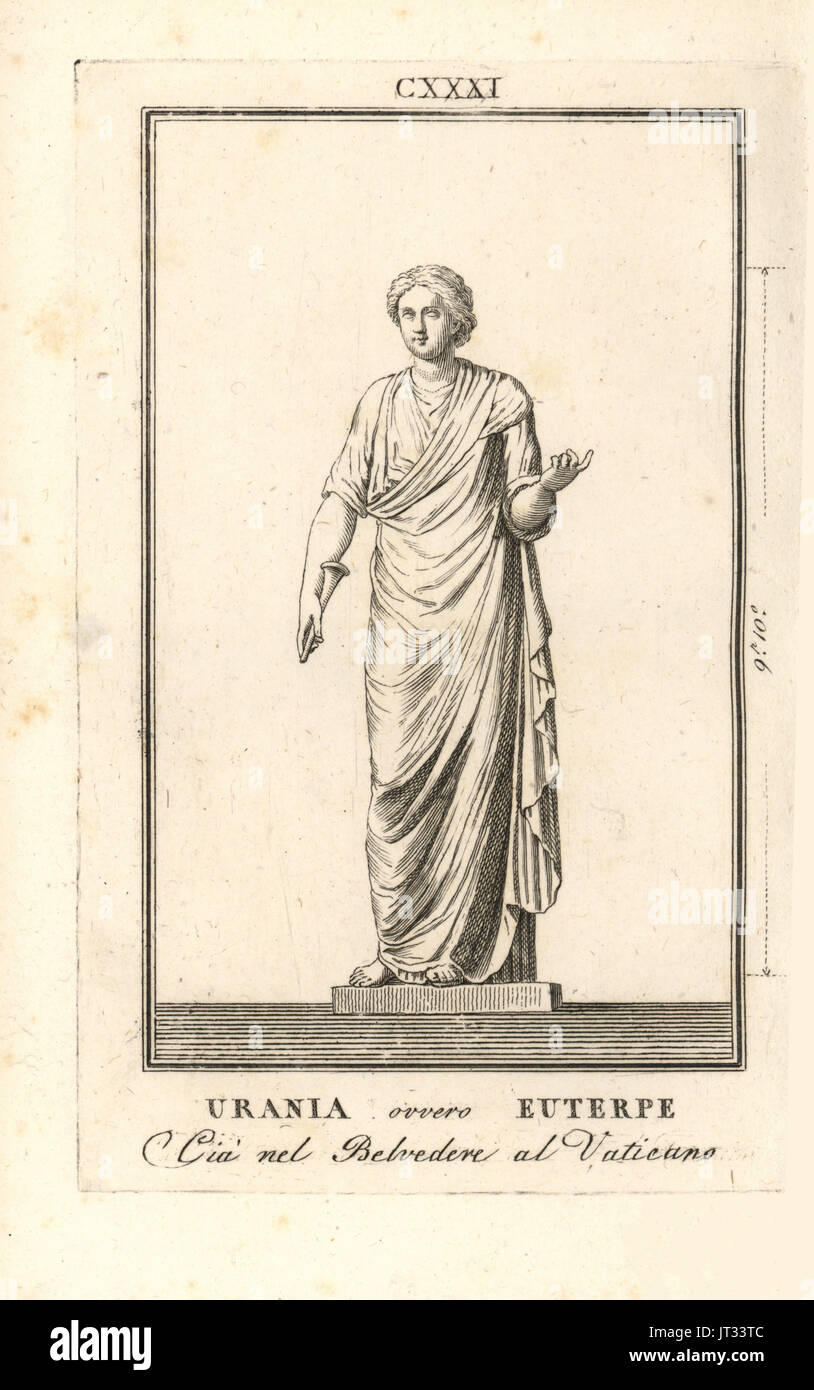 Statue of Urania, muse of astronomy, or Euterpe, muse of music. In the Belvedere Courtyard in the Vatican. Copperplate engraving from Pietro Paolo Montagnani-Mirabili's Il Museo Capitolino (The Capitoline Museum), Rome, 1820. Stock Photohttps://www.alamy.com/image-license-details/?v=1https://www.alamy.com/statue-of-urania-muse-of-astronomy-or-euterpe-muse-of-music-in-the-image152503580.html
Statue of Urania, muse of astronomy, or Euterpe, muse of music. In the Belvedere Courtyard in the Vatican. Copperplate engraving from Pietro Paolo Montagnani-Mirabili's Il Museo Capitolino (The Capitoline Museum), Rome, 1820. Stock Photohttps://www.alamy.com/image-license-details/?v=1https://www.alamy.com/statue-of-urania-muse-of-astronomy-or-euterpe-muse-of-music-in-the-image152503580.htmlRMJT33TC–Statue of Urania, muse of astronomy, or Euterpe, muse of music. In the Belvedere Courtyard in the Vatican. Copperplate engraving from Pietro Paolo Montagnani-Mirabili's Il Museo Capitolino (The Capitoline Museum), Rome, 1820.
 Second century AD Roman statue of Urania holding, the muse of atronomy holding a globe, the statue was restored from two separte staues of the period Stock Photohttps://www.alamy.com/image-license-details/?v=1https://www.alamy.com/stock-photo-second-century-ad-roman-statue-of-urania-holding-the-muse-of-atronomy-137339249.html
Second century AD Roman statue of Urania holding, the muse of atronomy holding a globe, the statue was restored from two separte staues of the period Stock Photohttps://www.alamy.com/image-license-details/?v=1https://www.alamy.com/stock-photo-second-century-ad-roman-statue-of-urania-holding-the-muse-of-atronomy-137339249.htmlRFHYC9H5–Second century AD Roman statue of Urania holding, the muse of atronomy holding a globe, the statue was restored from two separte staues of the period
 Statue of Urania, the muse of astronomy, with pair of compasses. Copperplate engraving by Francois-Anne David from Museum de Florence, ou Collection des Pierres Gravees, Statues, Medailles, Chez F.A. David, Paris, 1787. David (1741-1824) drew and engraved the illustrations based on Roman statues, engraved stones and medals in the collection of the Museum de Florence and the cabinet of curiosities of the Grand Duke of Tuscany. Stock Photohttps://www.alamy.com/image-license-details/?v=1https://www.alamy.com/statue-of-urania-the-muse-of-astronomy-with-pair-of-compasses-copperplate-engraving-by-francois-anne-david-from-museum-de-florence-ou-collection-des-pierres-gravees-statues-medailles-chez-fa-david-paris-1787-david-1741-1824-drew-and-engraved-the-illustrations-based-on-roman-statues-engraved-stones-and-medals-in-the-collection-of-the-museum-de-florence-and-the-cabinet-of-curiosities-of-the-grand-duke-of-tuscany-image240941344.html
Statue of Urania, the muse of astronomy, with pair of compasses. Copperplate engraving by Francois-Anne David from Museum de Florence, ou Collection des Pierres Gravees, Statues, Medailles, Chez F.A. David, Paris, 1787. David (1741-1824) drew and engraved the illustrations based on Roman statues, engraved stones and medals in the collection of the Museum de Florence and the cabinet of curiosities of the Grand Duke of Tuscany. Stock Photohttps://www.alamy.com/image-license-details/?v=1https://www.alamy.com/statue-of-urania-the-muse-of-astronomy-with-pair-of-compasses-copperplate-engraving-by-francois-anne-david-from-museum-de-florence-ou-collection-des-pierres-gravees-statues-medailles-chez-fa-david-paris-1787-david-1741-1824-drew-and-engraved-the-illustrations-based-on-roman-statues-engraved-stones-and-medals-in-the-collection-of-the-museum-de-florence-and-the-cabinet-of-curiosities-of-the-grand-duke-of-tuscany-image240941344.htmlRMRYYR40–Statue of Urania, the muse of astronomy, with pair of compasses. Copperplate engraving by Francois-Anne David from Museum de Florence, ou Collection des Pierres Gravees, Statues, Medailles, Chez F.A. David, Paris, 1787. David (1741-1824) drew and engraved the illustrations based on Roman statues, engraved stones and medals in the collection of the Museum de Florence and the cabinet of curiosities of the Grand Duke of Tuscany.
 Second century AD Roman statue of Urania holding, the muse of atronomy holding a globe, the statue was restored from two separte staues of the period Stock Photohttps://www.alamy.com/image-license-details/?v=1https://www.alamy.com/stock-photo-second-century-ad-roman-statue-of-urania-holding-the-muse-of-atronomy-137339247.html
Second century AD Roman statue of Urania holding, the muse of atronomy holding a globe, the statue was restored from two separte staues of the period Stock Photohttps://www.alamy.com/image-license-details/?v=1https://www.alamy.com/stock-photo-second-century-ad-roman-statue-of-urania-holding-the-muse-of-atronomy-137339247.htmlRFHYC9H3–Second century AD Roman statue of Urania holding, the muse of atronomy holding a globe, the statue was restored from two separte staues of the period
 Statue of Urania, the muse of astronomy with globe and staff. Copperplate engraving by Francois-Anne David from Museum de Florence, ou Collection des Pierres Gravees, Statues, Medailles, Chez F.A. David, Paris, 1787. David (1741-1824) drew and engraved the illustrations based on Roman statues, engraved stones and medals in the collection of the Museum de Florence and the cabinet of curiosities of the Grand Duke of Tuscany. Stock Photohttps://www.alamy.com/image-license-details/?v=1https://www.alamy.com/statue-of-urania-the-muse-of-astronomy-with-globe-and-staff-copperplate-engraving-by-francois-anne-david-from-museum-de-florence-ou-collection-des-pierres-gravees-statues-medailles-chez-fa-david-paris-1787-david-1741-1824-drew-and-engraved-the-illustrations-based-on-roman-statues-engraved-stones-and-medals-in-the-collection-of-the-museum-de-florence-and-the-cabinet-of-curiosities-of-the-grand-duke-of-tuscany-image240941337.html
Statue of Urania, the muse of astronomy with globe and staff. Copperplate engraving by Francois-Anne David from Museum de Florence, ou Collection des Pierres Gravees, Statues, Medailles, Chez F.A. David, Paris, 1787. David (1741-1824) drew and engraved the illustrations based on Roman statues, engraved stones and medals in the collection of the Museum de Florence and the cabinet of curiosities of the Grand Duke of Tuscany. Stock Photohttps://www.alamy.com/image-license-details/?v=1https://www.alamy.com/statue-of-urania-the-muse-of-astronomy-with-globe-and-staff-copperplate-engraving-by-francois-anne-david-from-museum-de-florence-ou-collection-des-pierres-gravees-statues-medailles-chez-fa-david-paris-1787-david-1741-1824-drew-and-engraved-the-illustrations-based-on-roman-statues-engraved-stones-and-medals-in-the-collection-of-the-museum-de-florence-and-the-cabinet-of-curiosities-of-the-grand-duke-of-tuscany-image240941337.htmlRMRYYR3N–Statue of Urania, the muse of astronomy with globe and staff. Copperplate engraving by Francois-Anne David from Museum de Florence, ou Collection des Pierres Gravees, Statues, Medailles, Chez F.A. David, Paris, 1787. David (1741-1824) drew and engraved the illustrations based on Roman statues, engraved stones and medals in the collection of the Museum de Florence and the cabinet of curiosities of the Grand Duke of Tuscany.
 This illsutration of a statue of Urania dates to 1898. The statue is in a Berlin museum. Urania was the Muse of astronomy. In Greek and Roman mythology, the Muses were nine daughters of Zeus and Mnemosyne (goddess of memory). There were honored as the patrons of arts and sciences. Calliope was the head muse, and Apollo, the god of prophecy and song, was their leader. Stock Photohttps://www.alamy.com/image-license-details/?v=1https://www.alamy.com/stock-image-this-illsutration-of-a-statue-of-urania-dates-to-1898-the-statue-is-163439102.html
This illsutration of a statue of Urania dates to 1898. The statue is in a Berlin museum. Urania was the Muse of astronomy. In Greek and Roman mythology, the Muses were nine daughters of Zeus and Mnemosyne (goddess of memory). There were honored as the patrons of arts and sciences. Calliope was the head muse, and Apollo, the god of prophecy and song, was their leader. Stock Photohttps://www.alamy.com/image-license-details/?v=1https://www.alamy.com/stock-image-this-illsutration-of-a-statue-of-urania-dates-to-1898-the-statue-is-163439102.htmlRFKDW86P–This illsutration of a statue of Urania dates to 1898. The statue is in a Berlin museum. Urania was the Muse of astronomy. In Greek and Roman mythology, the Muses were nine daughters of Zeus and Mnemosyne (goddess of memory). There were honored as the patrons of arts and sciences. Calliope was the head muse, and Apollo, the god of prophecy and song, was their leader.
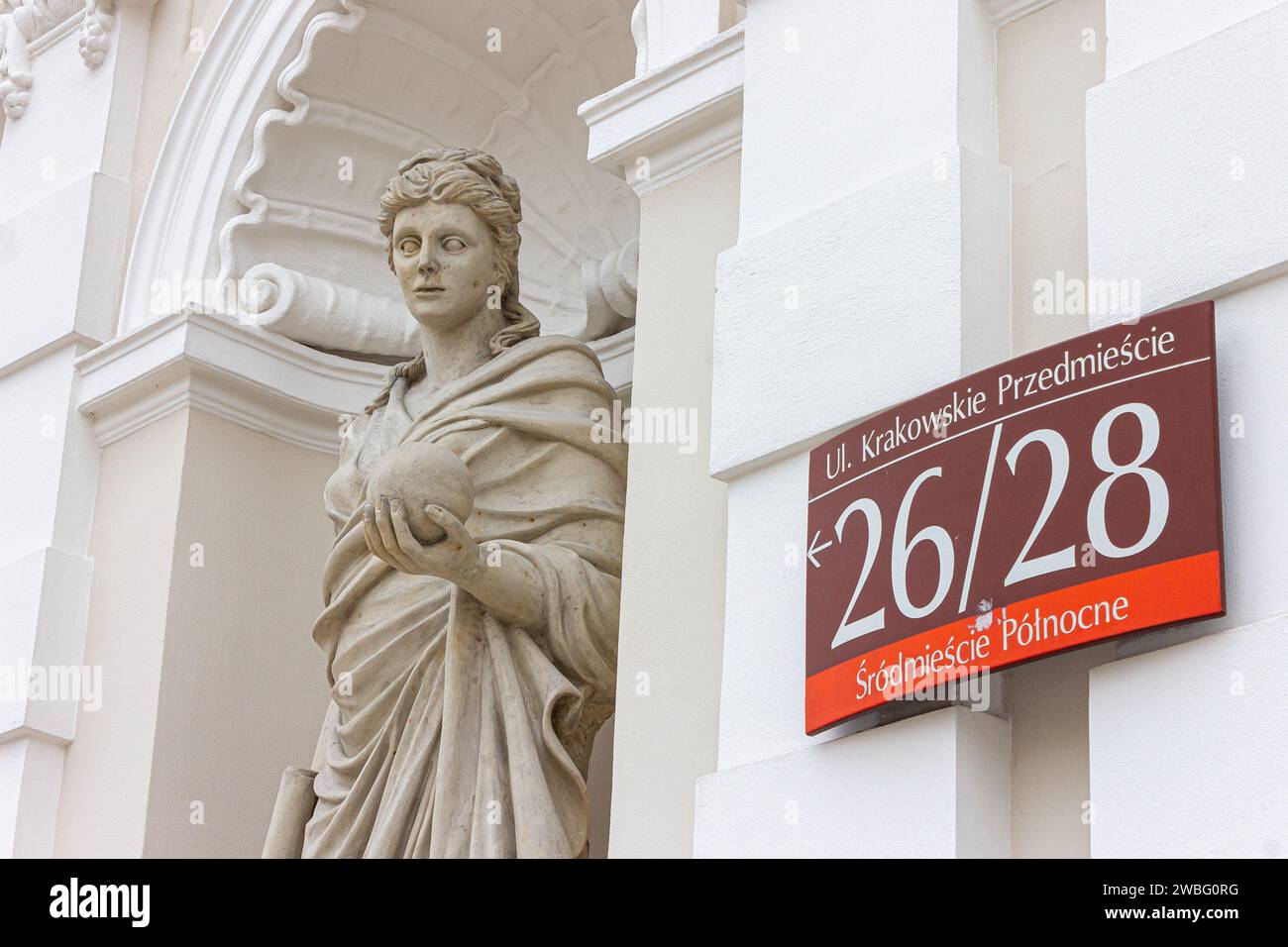 Warsaw, Poland. Statue of Urania, Greek muse of astronomy and astrology, at the entrance gate to the main campus of the University of Warsaw Stock Photohttps://www.alamy.com/image-license-details/?v=1https://www.alamy.com/warsaw-poland-statue-of-urania-greek-muse-of-astronomy-and-astrology-at-the-entrance-gate-to-the-main-campus-of-the-university-of-warsaw-image592265620.html
Warsaw, Poland. Statue of Urania, Greek muse of astronomy and astrology, at the entrance gate to the main campus of the University of Warsaw Stock Photohttps://www.alamy.com/image-license-details/?v=1https://www.alamy.com/warsaw-poland-statue-of-urania-greek-muse-of-astronomy-and-astrology-at-the-entrance-gate-to-the-main-campus-of-the-university-of-warsaw-image592265620.htmlRM2WBG0RG–Warsaw, Poland. Statue of Urania, Greek muse of astronomy and astrology, at the entrance gate to the main campus of the University of Warsaw
 Urania - statue in Pavlovsk Park in St.Petersburg - Russia Stock Photohttps://www.alamy.com/image-license-details/?v=1https://www.alamy.com/urania-statue-in-pavlovsk-park-in-stpetersburg-russia-image231770855.html
Urania - statue in Pavlovsk Park in St.Petersburg - Russia Stock Photohttps://www.alamy.com/image-license-details/?v=1https://www.alamy.com/urania-statue-in-pavlovsk-park-in-stpetersburg-russia-image231770855.htmlRMRD222F–Urania - statue in Pavlovsk Park in St.Petersburg - Russia
 Urania, muse of Astronomy. Hadrian's Villa, Tivoli, Italy.130-150. Marble. Roman copy of an original of the 2nd centory BC. Queen Christina of Sweden Collection. Prado Museum. Madrid. Spain. Stock Photohttps://www.alamy.com/image-license-details/?v=1https://www.alamy.com/stock-image-urania-muse-of-astronomy-hadrians-villa-tivoli-italy130-150-marble-166093180.html
Urania, muse of Astronomy. Hadrian's Villa, Tivoli, Italy.130-150. Marble. Roman copy of an original of the 2nd centory BC. Queen Christina of Sweden Collection. Prado Museum. Madrid. Spain. Stock Photohttps://www.alamy.com/image-license-details/?v=1https://www.alamy.com/stock-image-urania-muse-of-astronomy-hadrians-villa-tivoli-italy130-150-marble-166093180.htmlRMKJ65F8–Urania, muse of Astronomy. Hadrian's Villa, Tivoli, Italy.130-150. Marble. Roman copy of an original of the 2nd centory BC. Queen Christina of Sweden Collection. Prado Museum. Madrid. Spain.
 Urania with a stylus pen, 300 BC - 201 BC, Sculpture, Statue, Cast, Height 92 cm, Sculpture, Greek (1050 BC - 31 BC Stock Photohttps://www.alamy.com/image-license-details/?v=1https://www.alamy.com/urania-with-a-stylus-pen-300-bc-201-bc-sculpture-statue-cast-height-92-cm-sculpture-greek-1050-bc-31-bc-image573198169.html
Urania with a stylus pen, 300 BC - 201 BC, Sculpture, Statue, Cast, Height 92 cm, Sculpture, Greek (1050 BC - 31 BC Stock Photohttps://www.alamy.com/image-license-details/?v=1https://www.alamy.com/urania-with-a-stylus-pen-300-bc-201-bc-sculpture-statue-cast-height-92-cm-sculpture-greek-1050-bc-31-bc-image573198169.htmlRM2T8FC35–Urania with a stylus pen, 300 BC - 201 BC, Sculpture, Statue, Cast, Height 92 cm, Sculpture, Greek (1050 BC - 31 BC
 VIenna - Statie of Urania Muse of astronomy, with a globe and compass in the gardens of Belvedere palace by Giovanni Stanetti (1663 -1726). Stock Photohttps://www.alamy.com/image-license-details/?v=1https://www.alamy.com/stock-photo-vienna-statie-of-urania-muse-of-astronomy-with-a-globe-and-compass-28142957.html
VIenna - Statie of Urania Muse of astronomy, with a globe and compass in the gardens of Belvedere palace by Giovanni Stanetti (1663 -1726). Stock Photohttps://www.alamy.com/image-license-details/?v=1https://www.alamy.com/stock-photo-vienna-statie-of-urania-muse-of-astronomy-with-a-globe-and-compass-28142957.htmlRFBHP0HH–VIenna - Statie of Urania Muse of astronomy, with a globe and compass in the gardens of Belvedere palace by Giovanni Stanetti (1663 -1726).
 Statue of Urania, Muse of Astronomy, at the Vatican Museum, in Vatican City, vintage engraved illustration. Dictionary of Words and Things - Larive and Fleury - 1895 Stock Vectorhttps://www.alamy.com/image-license-details/?v=1https://www.alamy.com/stock-photo-statue-of-urania-muse-of-astronomy-at-the-vatican-museum-in-vatican-84424349.html
Statue of Urania, Muse of Astronomy, at the Vatican Museum, in Vatican City, vintage engraved illustration. Dictionary of Words and Things - Larive and Fleury - 1895 Stock Vectorhttps://www.alamy.com/image-license-details/?v=1https://www.alamy.com/stock-photo-statue-of-urania-muse-of-astronomy-at-the-vatican-museum-in-vatican-84424349.htmlRFEW9T39–Statue of Urania, Muse of Astronomy, at the Vatican Museum, in Vatican City, vintage engraved illustration. Dictionary of Words and Things - Larive and Fleury - 1895
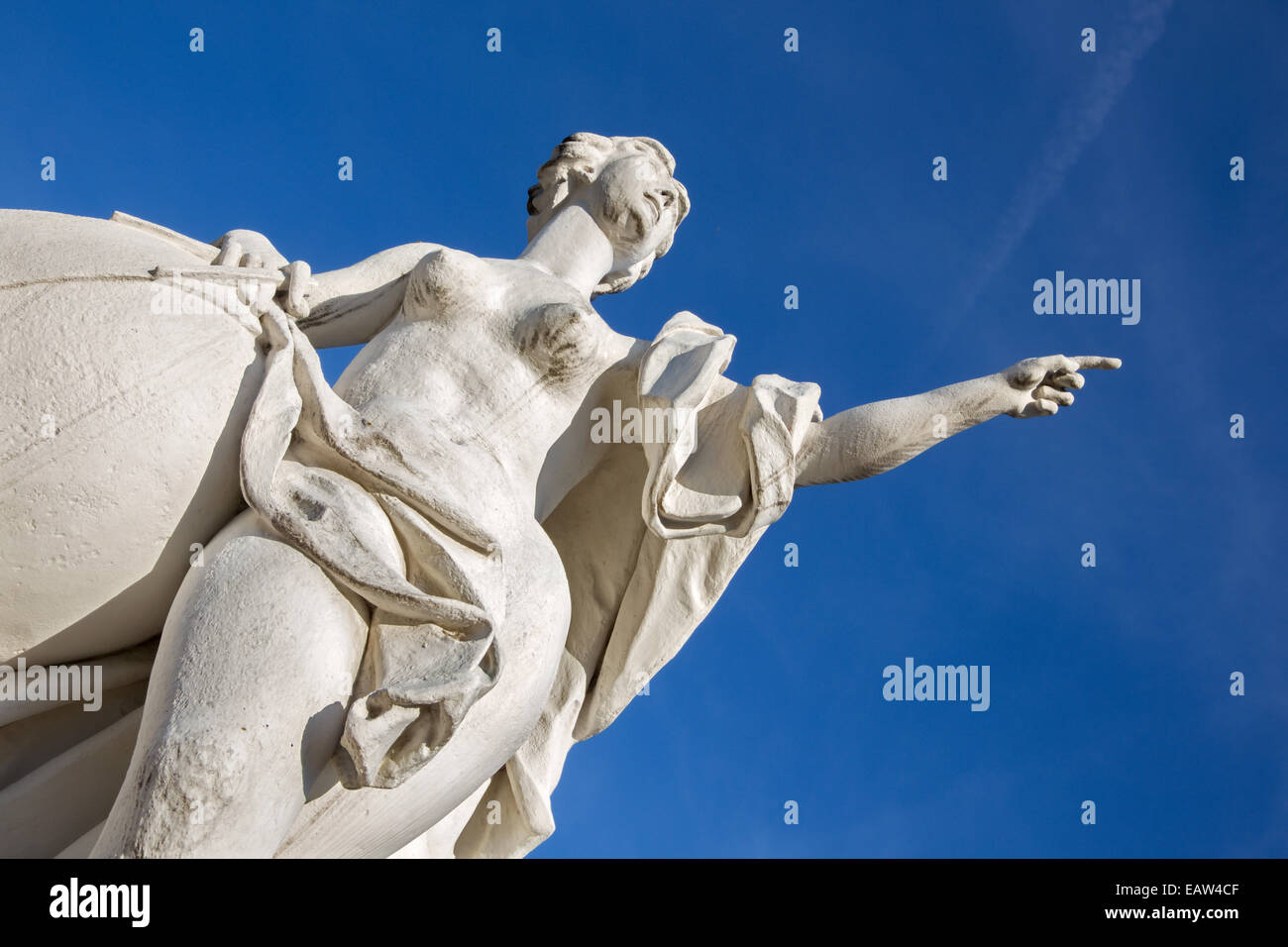 VIenna - Statie of Urania Muse of astronomy, with a globe and compass in the gardens of Belvedere palace by Giovanni Stanetti (1663 -1726). Stock Photohttps://www.alamy.com/image-license-details/?v=1https://www.alamy.com/stock-photo-vienna-statie-of-urania-muse-of-astronomy-with-a-globe-and-compass-75540319.html
VIenna - Statie of Urania Muse of astronomy, with a globe and compass in the gardens of Belvedere palace by Giovanni Stanetti (1663 -1726). Stock Photohttps://www.alamy.com/image-license-details/?v=1https://www.alamy.com/stock-photo-vienna-statie-of-urania-muse-of-astronomy-with-a-globe-and-compass-75540319.htmlRFEAW4CF–VIenna - Statie of Urania Muse of astronomy, with a globe and compass in the gardens of Belvedere palace by Giovanni Stanetti (1663 -1726).
 Aphrodite, Urania standing with left foot on a turtle undefined Statue Afrodite, Urania stående med venstre fod på en skildpadde Stock Photohttps://www.alamy.com/image-license-details/?v=1https://www.alamy.com/aphrodite-urania-standing-with-left-foot-on-a-turtle-undefined-statue-afrodite-urania-stende-med-venstre-fod-p-en-skildpadde-image613397078.html
Aphrodite, Urania standing with left foot on a turtle undefined Statue Afrodite, Urania stående med venstre fod på en skildpadde Stock Photohttps://www.alamy.com/image-license-details/?v=1https://www.alamy.com/aphrodite-urania-standing-with-left-foot-on-a-turtle-undefined-statue-afrodite-urania-stende-med-venstre-fod-p-en-skildpadde-image613397078.htmlRM2XHXJ6E–Aphrodite, Urania standing with left foot on a turtle undefined Statue Afrodite, Urania stående med venstre fod på en skildpadde
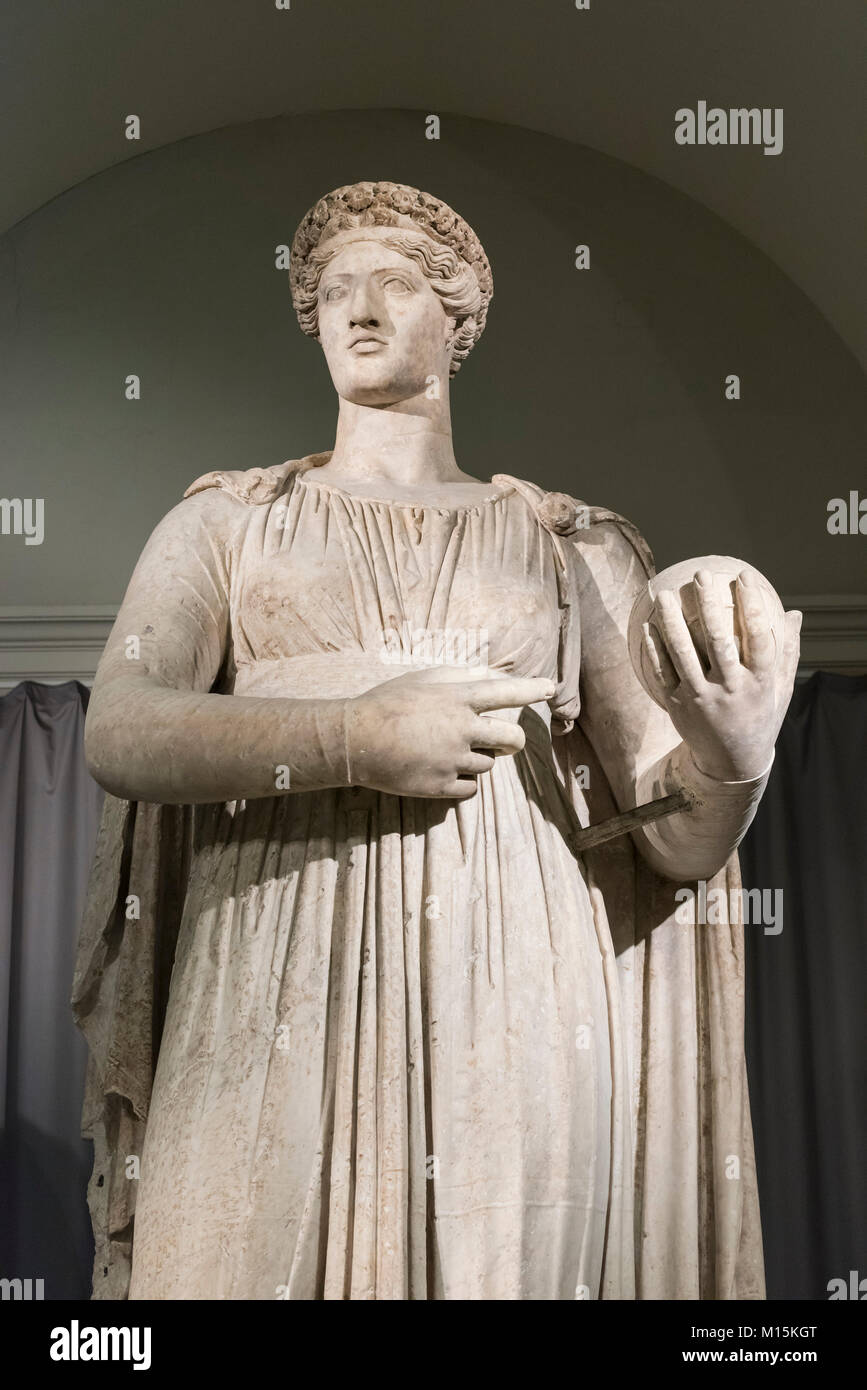 Naples. Italy. Urania, Muse of astronomy, Museo Archeologico Nazionale di Napoli. Naples National Archaeological Museum. Colossal statue of Urania ho Stock Photohttps://www.alamy.com/image-license-details/?v=1https://www.alamy.com/stock-photo-naples-italy-urania-muse-of-astronomy-museo-archeologico-nazionale-172843464.html
Naples. Italy. Urania, Muse of astronomy, Museo Archeologico Nazionale di Napoli. Naples National Archaeological Museum. Colossal statue of Urania ho Stock Photohttps://www.alamy.com/image-license-details/?v=1https://www.alamy.com/stock-photo-naples-italy-urania-muse-of-astronomy-museo-archeologico-nazionale-172843464.htmlRMM15KGT–Naples. Italy. Urania, Muse of astronomy, Museo Archeologico Nazionale di Napoli. Naples National Archaeological Museum. Colossal statue of Urania ho
 Statue of Urania, the muse of astronomy with globe and staff. Copperplate engraving by Francois-Anne David from Museum de Florence, ou Collection des Pierres Gravees, Statues, Medailles, Chez F.A. David, Paris, 1787. David (1741-1824) drew and engraved the illustrations based on Roman statues, engraved stones and medals in the collection of the Museum de Florence and the cabinet of curiosities of the Grand Duke of Tuscany. Stock Photohttps://www.alamy.com/image-license-details/?v=1https://www.alamy.com/statue-of-urania-the-muse-of-astronomy-with-globe-and-staff-copperplate-engraving-by-francois-anne-david-from-museum-de-florence-ou-collection-des-pierres-gravees-statues-medailles-chez-fa-david-paris-1787-david-1741-1824-drew-and-engraved-the-illustrations-based-on-roman-statues-engraved-stones-and-medals-in-the-collection-of-the-museum-de-florence-and-the-cabinet-of-curiosities-of-the-grand-duke-of-tuscany-image359058192.html
Statue of Urania, the muse of astronomy with globe and staff. Copperplate engraving by Francois-Anne David from Museum de Florence, ou Collection des Pierres Gravees, Statues, Medailles, Chez F.A. David, Paris, 1787. David (1741-1824) drew and engraved the illustrations based on Roman statues, engraved stones and medals in the collection of the Museum de Florence and the cabinet of curiosities of the Grand Duke of Tuscany. Stock Photohttps://www.alamy.com/image-license-details/?v=1https://www.alamy.com/statue-of-urania-the-muse-of-astronomy-with-globe-and-staff-copperplate-engraving-by-francois-anne-david-from-museum-de-florence-ou-collection-des-pierres-gravees-statues-medailles-chez-fa-david-paris-1787-david-1741-1824-drew-and-engraved-the-illustrations-based-on-roman-statues-engraved-stones-and-medals-in-the-collection-of-the-museum-de-florence-and-the-cabinet-of-curiosities-of-the-grand-duke-of-tuscany-image359058192.htmlRM2BT4EAT–Statue of Urania, the muse of astronomy with globe and staff. Copperplate engraving by Francois-Anne David from Museum de Florence, ou Collection des Pierres Gravees, Statues, Medailles, Chez F.A. David, Paris, 1787. David (1741-1824) drew and engraved the illustrations based on Roman statues, engraved stones and medals in the collection of the Museum de Florence and the cabinet of curiosities of the Grand Duke of Tuscany.
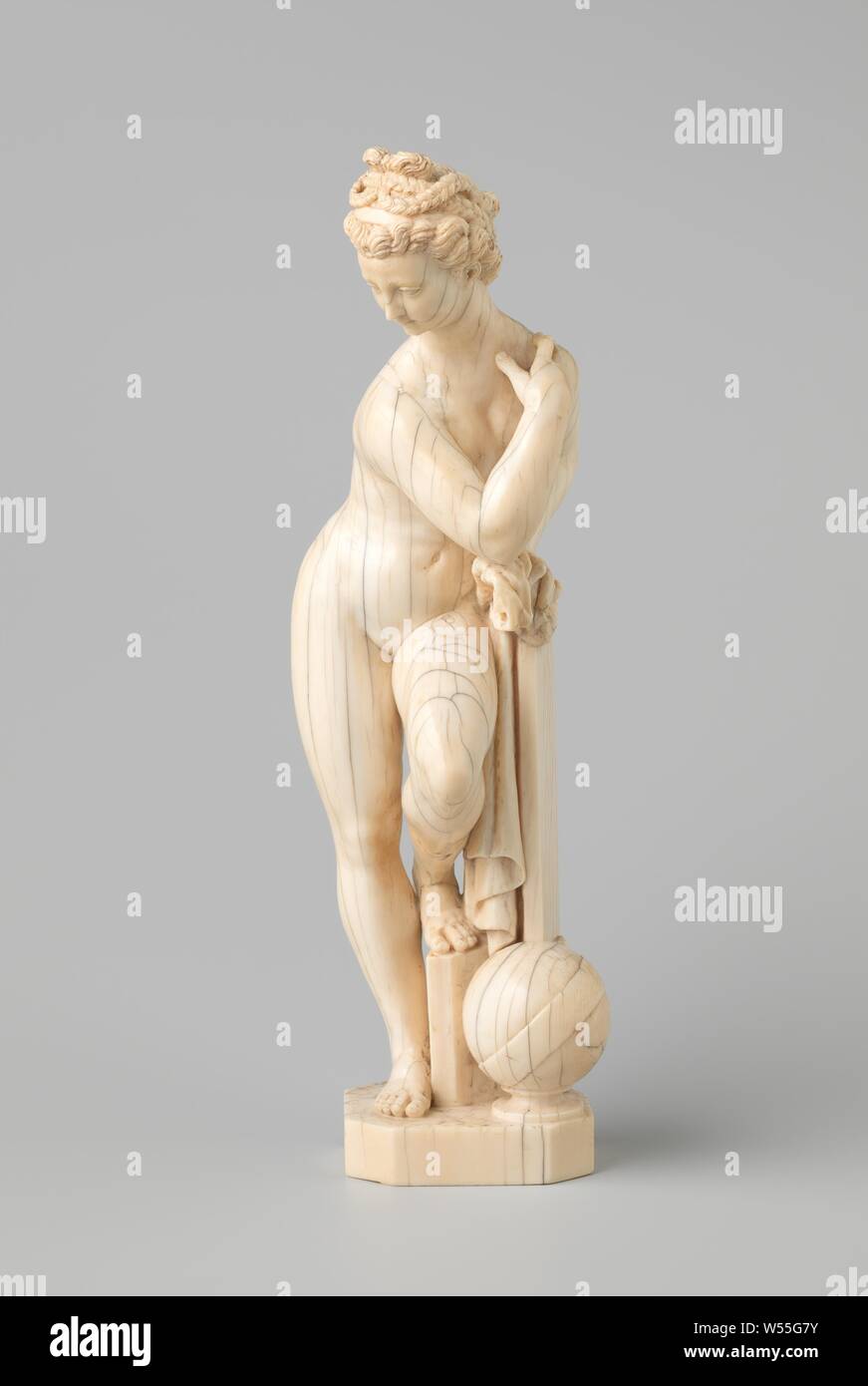 Astronomy, Venus Urania, Standing young woman in contrapposto, with left leg raised, leaning on a beveled triangular block, next to it a globe and on the block a large shelf on which the woman leans with her left hand. Around it a drapery. Her right hand rests on her left shoulder, the head is turned to the right. The whole stands on an integral square base with angled corners. The statue goes back to Giambologna's Bronze Astronomy (or: Venus Urania, ca. 1575, original 38.8 cm high, anonymous, Dieppe, 1700 - 1900, ivory, h 30 cm w 7.2 cm × d 5.8 cm Stock Photohttps://www.alamy.com/image-license-details/?v=1https://www.alamy.com/astronomy-venus-urania-standing-young-woman-in-contrapposto-with-left-leg-raised-leaning-on-a-beveled-triangular-block-next-to-it-a-globe-and-on-the-block-a-large-shelf-on-which-the-woman-leans-with-her-left-hand-around-it-a-drapery-her-right-hand-rests-on-her-left-shoulder-the-head-is-turned-to-the-right-the-whole-stands-on-an-integral-square-base-with-angled-corners-the-statue-goes-back-to-giambolognas-bronze-astronomy-or-venus-urania-ca-1575-original-388-cm-high-anonymous-dieppe-1700-1900-ivory-h-30-cm-w-72-cm-d-58-cm-image261351327.html
Astronomy, Venus Urania, Standing young woman in contrapposto, with left leg raised, leaning on a beveled triangular block, next to it a globe and on the block a large shelf on which the woman leans with her left hand. Around it a drapery. Her right hand rests on her left shoulder, the head is turned to the right. The whole stands on an integral square base with angled corners. The statue goes back to Giambologna's Bronze Astronomy (or: Venus Urania, ca. 1575, original 38.8 cm high, anonymous, Dieppe, 1700 - 1900, ivory, h 30 cm w 7.2 cm × d 5.8 cm Stock Photohttps://www.alamy.com/image-license-details/?v=1https://www.alamy.com/astronomy-venus-urania-standing-young-woman-in-contrapposto-with-left-leg-raised-leaning-on-a-beveled-triangular-block-next-to-it-a-globe-and-on-the-block-a-large-shelf-on-which-the-woman-leans-with-her-left-hand-around-it-a-drapery-her-right-hand-rests-on-her-left-shoulder-the-head-is-turned-to-the-right-the-whole-stands-on-an-integral-square-base-with-angled-corners-the-statue-goes-back-to-giambolognas-bronze-astronomy-or-venus-urania-ca-1575-original-388-cm-high-anonymous-dieppe-1700-1900-ivory-h-30-cm-w-72-cm-d-58-cm-image261351327.htmlRMW55G7Y–Astronomy, Venus Urania, Standing young woman in contrapposto, with left leg raised, leaning on a beveled triangular block, next to it a globe and on the block a large shelf on which the woman leans with her left hand. Around it a drapery. Her right hand rests on her left shoulder, the head is turned to the right. The whole stands on an integral square base with angled corners. The statue goes back to Giambologna's Bronze Astronomy (or: Venus Urania, ca. 1575, original 38.8 cm high, anonymous, Dieppe, 1700 - 1900, ivory, h 30 cm w 7.2 cm × d 5.8 cm
 'Urania (Uranie)', c1850. Artist: Unknown. Stock Photohttps://www.alamy.com/image-license-details/?v=1https://www.alamy.com/urania-uranie-c1850-artist-unknown-image262789975.html
'Urania (Uranie)', c1850. Artist: Unknown. Stock Photohttps://www.alamy.com/image-license-details/?v=1https://www.alamy.com/urania-uranie-c1850-artist-unknown-image262789975.htmlRMW7F387–'Urania (Uranie)', c1850. Artist: Unknown.
 Skulptur Arc de 124,5°, An der Urania, Schoeneberg, Berlin, Deutschland Stock Photohttps://www.alamy.com/image-license-details/?v=1https://www.alamy.com/skulptur-arc-de-1245-an-der-urania-schoeneberg-berlin-deutschland-image261973949.html
Skulptur Arc de 124,5°, An der Urania, Schoeneberg, Berlin, Deutschland Stock Photohttps://www.alamy.com/image-license-details/?v=1https://www.alamy.com/skulptur-arc-de-1245-an-der-urania-schoeneberg-berlin-deutschland-image261973949.htmlRMW65XCD–Skulptur Arc de 124,5°, An der Urania, Schoeneberg, Berlin, Deutschland
 Sculpture Arc de 124, 5, An der Urania, Schoeneberg, Berlin, Germany Stock Photohttps://www.alamy.com/image-license-details/?v=1https://www.alamy.com/sculpture-arc-de-124-5-an-der-urania-schoeneberg-berlin-germany-image529753288.html
Sculpture Arc de 124, 5, An der Urania, Schoeneberg, Berlin, Germany Stock Photohttps://www.alamy.com/image-license-details/?v=1https://www.alamy.com/sculpture-arc-de-124-5-an-der-urania-schoeneberg-berlin-germany-image529753288.htmlRM2NNT9M8–Sculpture Arc de 124, 5, An der Urania, Schoeneberg, Berlin, Germany
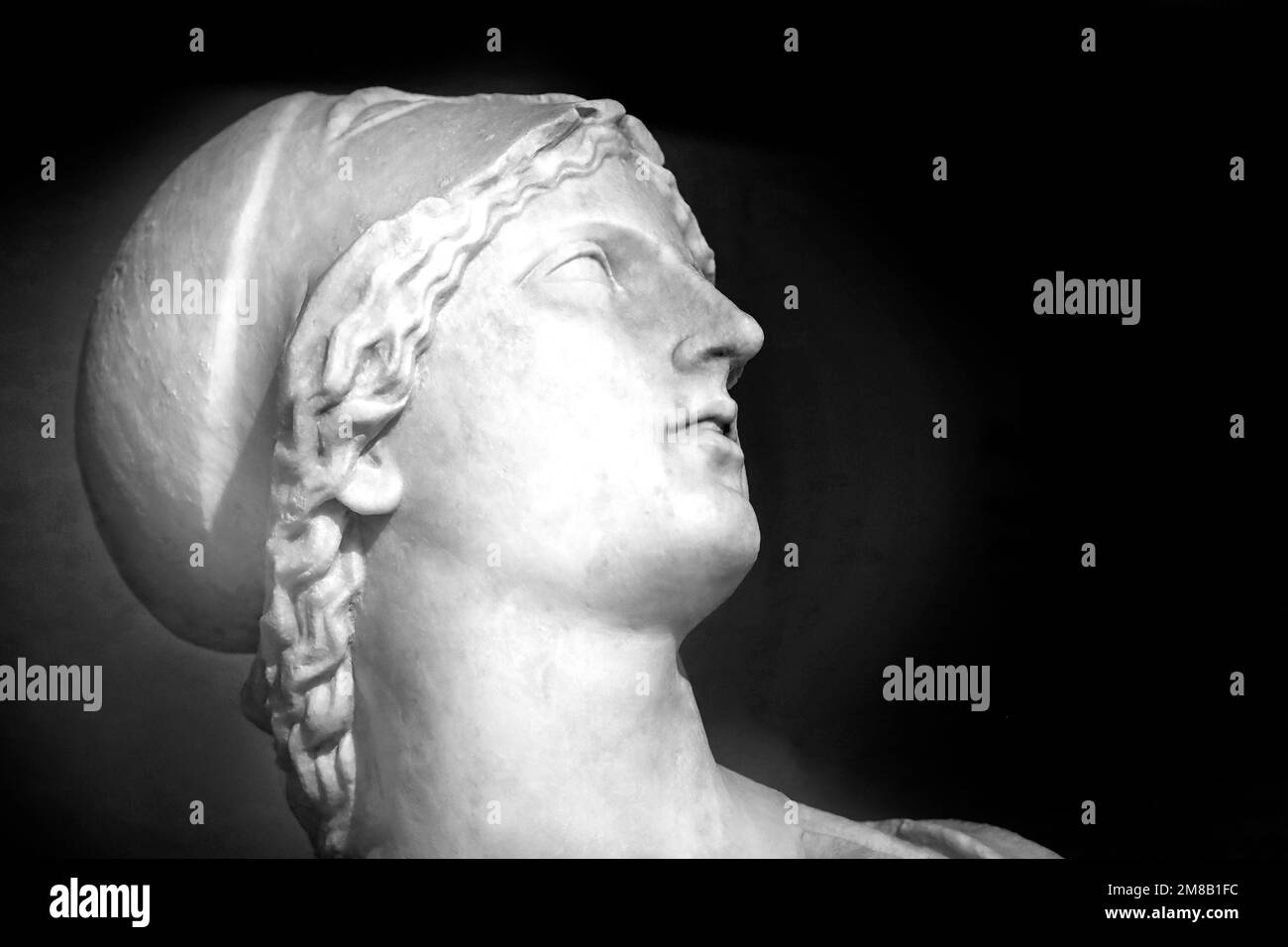 Aphrodite Urania (Ancient Greek: Ἀφροδίτη Οὐρανία, romanized: Aphrodítē Ouranía, muse of astronomy Stock Photohttps://www.alamy.com/image-license-details/?v=1https://www.alamy.com/aphrodite-urania-ancient-greek-romanized-aphrodt-ourana-muse-of-astronomy-image504260608.html
Aphrodite Urania (Ancient Greek: Ἀφροδίτη Οὐρανία, romanized: Aphrodítē Ouranía, muse of astronomy Stock Photohttps://www.alamy.com/image-license-details/?v=1https://www.alamy.com/aphrodite-urania-ancient-greek-romanized-aphrodt-ourana-muse-of-astronomy-image504260608.htmlRF2M8B1FC–Aphrodite Urania (Ancient Greek: Ἀφροδίτη Οὐρανία, romanized: Aphrodítē Ouranía, muse of astronomy
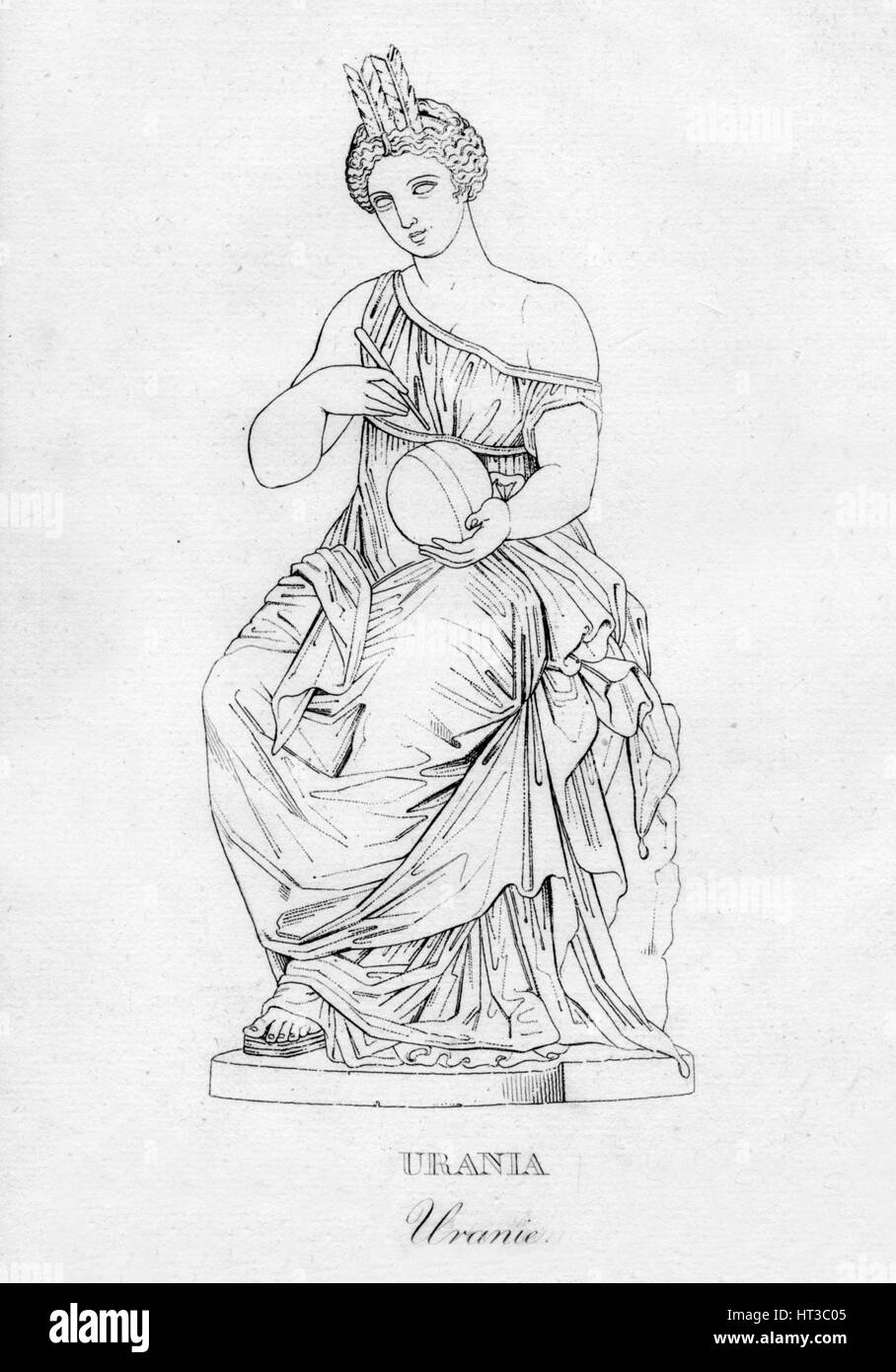 'Urania (Uranie)', c1850. Artist: Unknown. Stock Photohttps://www.alamy.com/image-license-details/?v=1https://www.alamy.com/stock-photo-urania-uranie-c1850-artist-unknown-135299589.html
'Urania (Uranie)', c1850. Artist: Unknown. Stock Photohttps://www.alamy.com/image-license-details/?v=1https://www.alamy.com/stock-photo-urania-uranie-c1850-artist-unknown-135299589.htmlRMHT3C05–'Urania (Uranie)', c1850. Artist: Unknown.
 Second century AD Roman statue of Urania holding, the muse of atronomy holding a globe, the statue was restored from two separte staues of the period Stock Photohttps://www.alamy.com/image-license-details/?v=1https://www.alamy.com/stock-photo-second-century-ad-roman-statue-of-urania-holding-the-muse-of-atronomy-137339248.html
Second century AD Roman statue of Urania holding, the muse of atronomy holding a globe, the statue was restored from two separte staues of the period Stock Photohttps://www.alamy.com/image-license-details/?v=1https://www.alamy.com/stock-photo-second-century-ad-roman-statue-of-urania-holding-the-muse-of-atronomy-137339248.htmlRFHYC9H4–Second century AD Roman statue of Urania holding, the muse of atronomy holding a globe, the statue was restored from two separte staues of the period
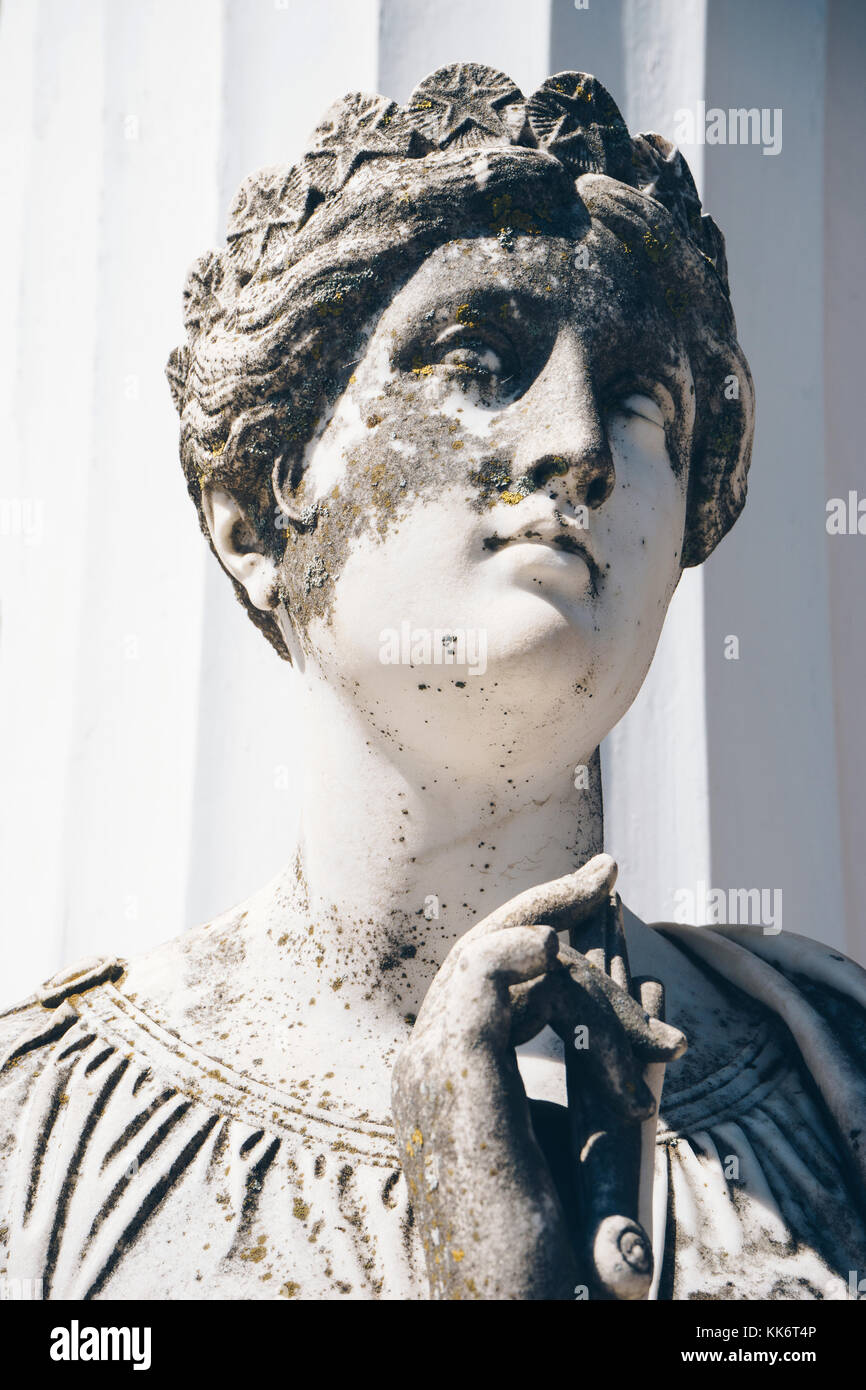 Statue of Urania, the muse of astronomy , on Achillion palace, Corfu Greece. Stock Photohttps://www.alamy.com/image-license-details/?v=1https://www.alamy.com/stock-image-statue-of-urania-the-muse-of-astronomy-on-achillion-palace-corfu-greece-166722438.html
Statue of Urania, the muse of astronomy , on Achillion palace, Corfu Greece. Stock Photohttps://www.alamy.com/image-license-details/?v=1https://www.alamy.com/stock-image-statue-of-urania-the-muse-of-astronomy-on-achillion-palace-corfu-greece-166722438.htmlRFKK6T4P–Statue of Urania, the muse of astronomy , on Achillion palace, Corfu Greece.
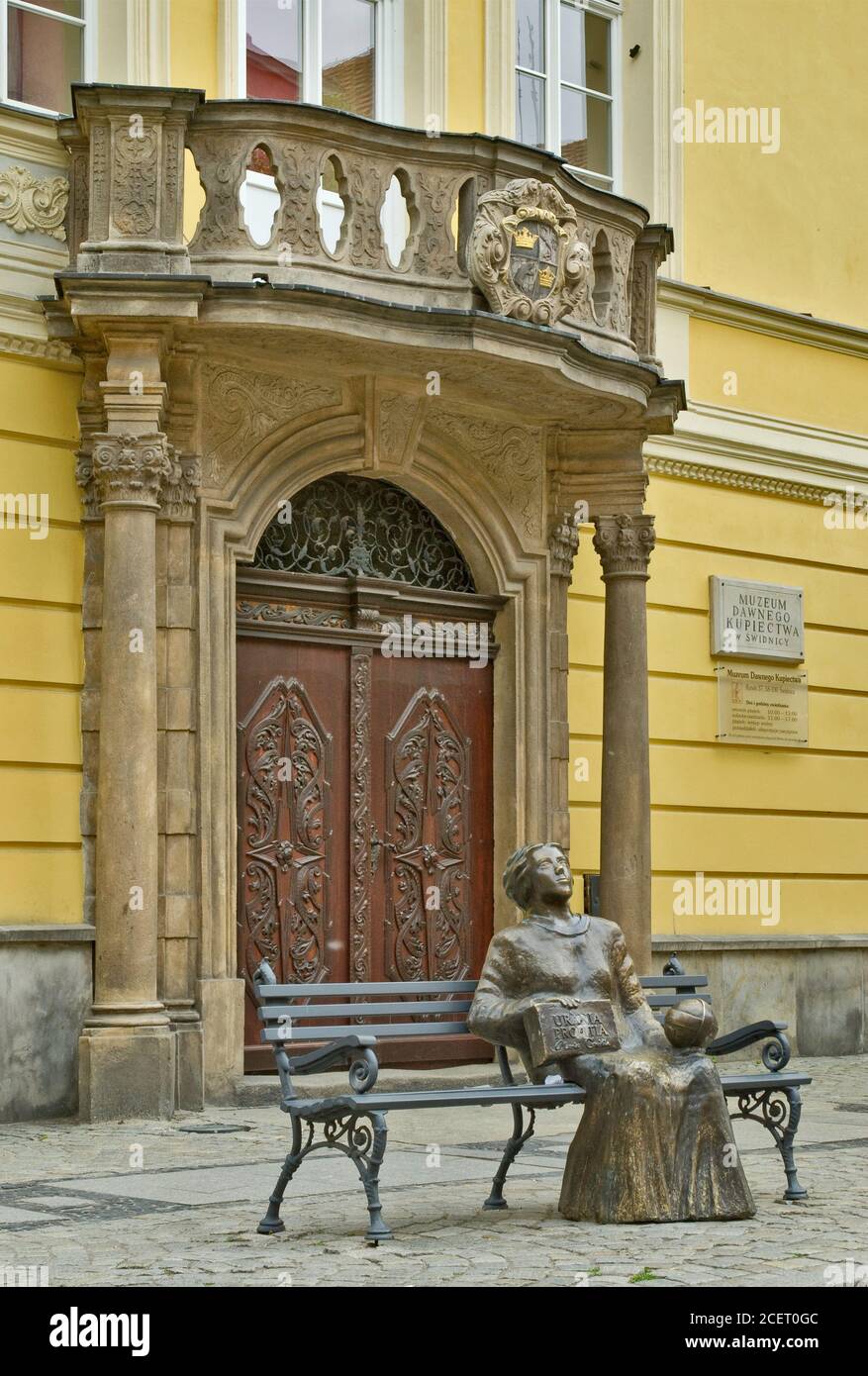 Memorial to Maria Cunitz, 18th century female astronomer, Early Commerce Museum in Ratusz (Town Hall) in Świdnica, Lower Silesia, Poland Stock Photohttps://www.alamy.com/image-license-details/?v=1https://www.alamy.com/memorial-to-maria-cunitz-18th-century-female-astronomer-early-commerce-museum-in-ratusz-town-hall-in-widnica-lower-silesia-poland-image370550220.html
Memorial to Maria Cunitz, 18th century female astronomer, Early Commerce Museum in Ratusz (Town Hall) in Świdnica, Lower Silesia, Poland Stock Photohttps://www.alamy.com/image-license-details/?v=1https://www.alamy.com/memorial-to-maria-cunitz-18th-century-female-astronomer-early-commerce-museum-in-ratusz-town-hall-in-widnica-lower-silesia-poland-image370550220.htmlRF2CET0GC–Memorial to Maria Cunitz, 18th century female astronomer, Early Commerce Museum in Ratusz (Town Hall) in Świdnica, Lower Silesia, Poland
 Statue of Parthian queen Thermusa, Museum of Ancient Iran, National Museum of Iran, Tehran, Iran Stock Photohttps://www.alamy.com/image-license-details/?v=1https://www.alamy.com/statue-of-parthian-queen-thermusa-museum-of-ancient-iran-national-museum-of-iran-tehran-iran-image271746299.html
Statue of Parthian queen Thermusa, Museum of Ancient Iran, National Museum of Iran, Tehran, Iran Stock Photohttps://www.alamy.com/image-license-details/?v=1https://www.alamy.com/statue-of-parthian-queen-thermusa-museum-of-ancient-iran-national-museum-of-iran-tehran-iran-image271746299.htmlRMWP334Y–Statue of Parthian queen Thermusa, Museum of Ancient Iran, National Museum of Iran, Tehran, Iran
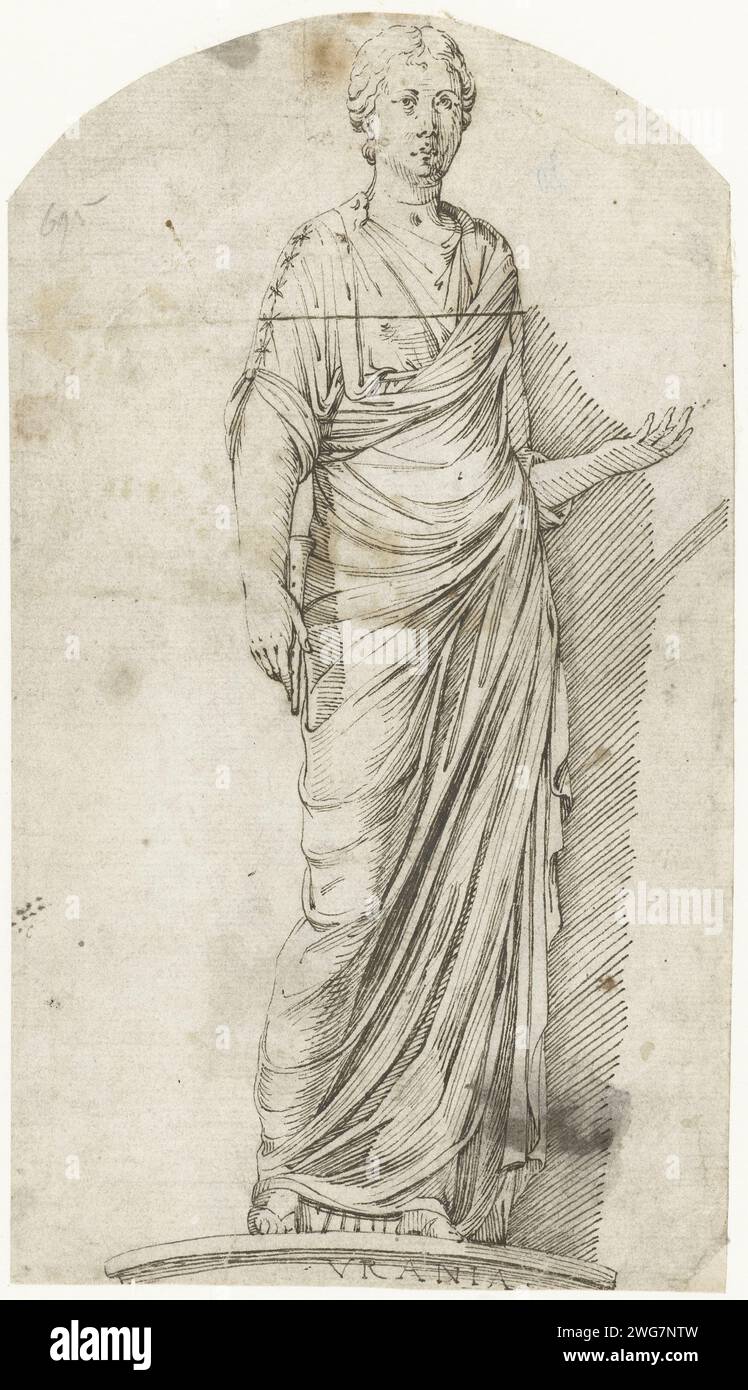 Statue of the Muze Urania, c. 1609 drawing Rome paper. ink Stock Photohttps://www.alamy.com/image-license-details/?v=1https://www.alamy.com/statue-of-the-muze-urania-c-1609-drawing-rome-paper-ink-image595157833.html
Statue of the Muze Urania, c. 1609 drawing Rome paper. ink Stock Photohttps://www.alamy.com/image-license-details/?v=1https://www.alamy.com/statue-of-the-muze-urania-c-1609-drawing-rome-paper-ink-image595157833.htmlRM2WG7NTW–Statue of the Muze Urania, c. 1609 drawing Rome paper. ink
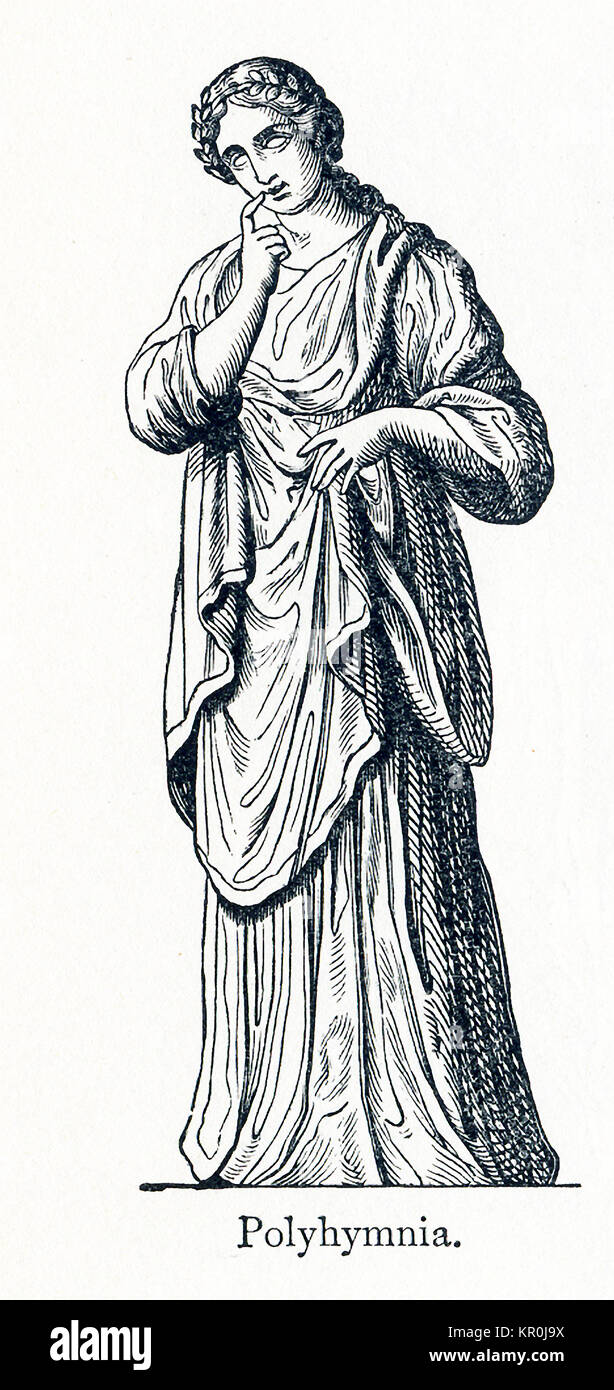 This illustration dates to 1898 and shows a statue of Polyhymnia. Polyhymnia was honored as the Muse of hymns. In Greek and Roman mythology, the Muses were nine daughters of Zeus and Mnemosyne (goddess of memory). There were honored as the patrons of arts and sciences. Calliope was the head muse, and Apollo, the god of prophecy and song, was their leader. Stock Photohttps://www.alamy.com/image-license-details/?v=1https://www.alamy.com/stock-image-this-illustration-dates-to-1898-and-shows-a-statue-of-polyhymnia-polyhymnia-169044790.html
This illustration dates to 1898 and shows a statue of Polyhymnia. Polyhymnia was honored as the Muse of hymns. In Greek and Roman mythology, the Muses were nine daughters of Zeus and Mnemosyne (goddess of memory). There were honored as the patrons of arts and sciences. Calliope was the head muse, and Apollo, the god of prophecy and song, was their leader. Stock Photohttps://www.alamy.com/image-license-details/?v=1https://www.alamy.com/stock-image-this-illustration-dates-to-1898-and-shows-a-statue-of-polyhymnia-polyhymnia-169044790.htmlRFKR0J9X–This illustration dates to 1898 and shows a statue of Polyhymnia. Polyhymnia was honored as the Muse of hymns. In Greek and Roman mythology, the Muses were nine daughters of Zeus and Mnemosyne (goddess of memory). There were honored as the patrons of arts and sciences. Calliope was the head muse, and Apollo, the god of prophecy and song, was their leader.
 Alexanderplatz. Fernsehturm and The Universal Clock ´Urania´ .Berlin. Germany Stock Photohttps://www.alamy.com/image-license-details/?v=1https://www.alamy.com/stock-photo-alexanderplatz-fernsehturm-and-the-universal-clock-urania-berlin-germany-134332145.html
Alexanderplatz. Fernsehturm and The Universal Clock ´Urania´ .Berlin. Germany Stock Photohttps://www.alamy.com/image-license-details/?v=1https://www.alamy.com/stock-photo-alexanderplatz-fernsehturm-and-the-universal-clock-urania-berlin-germany-134332145.htmlRFHPFA0H–Alexanderplatz. Fernsehturm and The Universal Clock ´Urania´ .Berlin. Germany
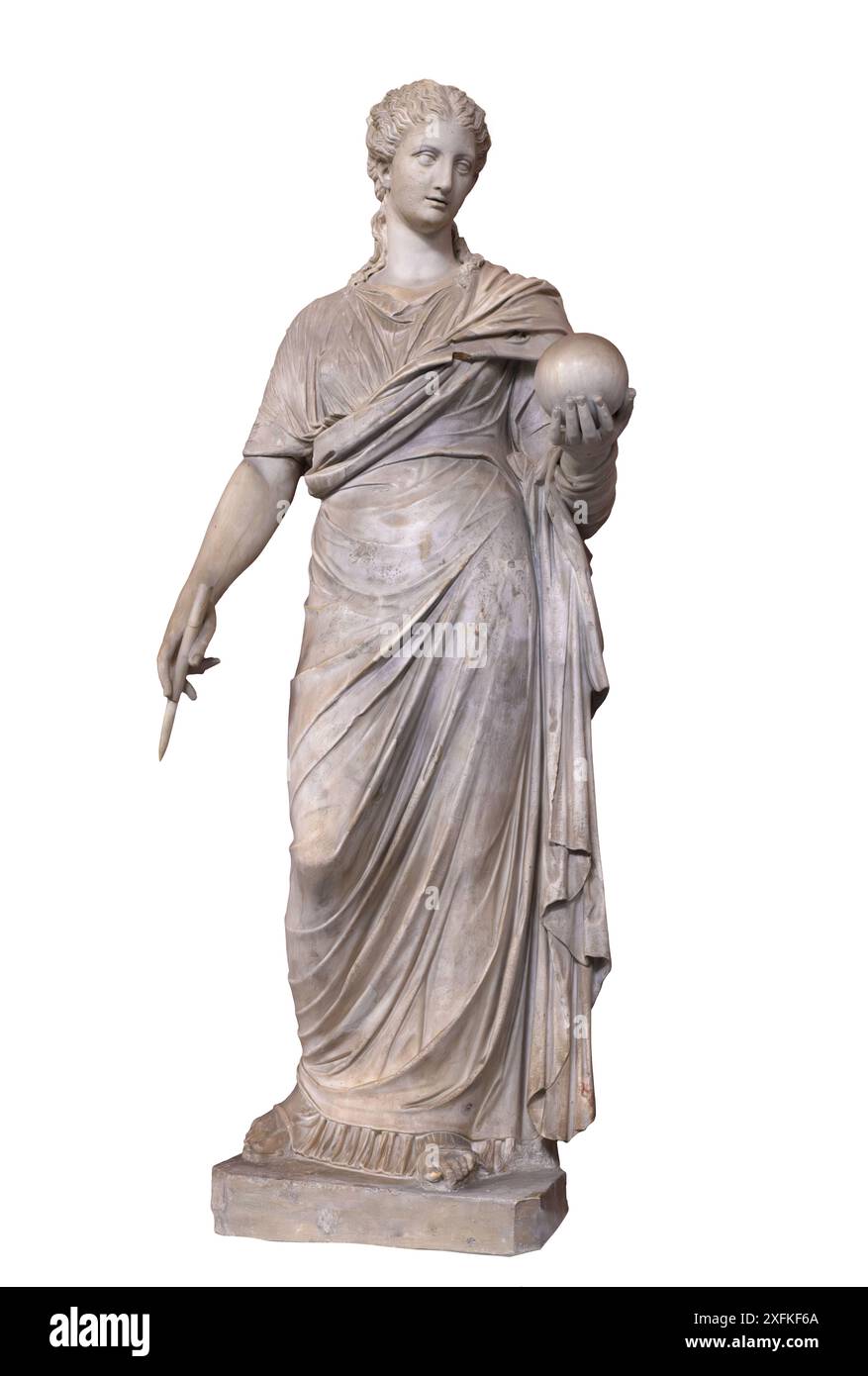 Urania, reworked and restored at the end of the 18th century AD to portray Urania, 2nd century AD Stock Photohttps://www.alamy.com/image-license-details/?v=1https://www.alamy.com/urania-reworked-and-restored-at-the-end-of-the-18th-century-ad-to-portray-urania-2nd-century-ad-image612011746.html
Urania, reworked and restored at the end of the 18th century AD to portray Urania, 2nd century AD Stock Photohttps://www.alamy.com/image-license-details/?v=1https://www.alamy.com/urania-reworked-and-restored-at-the-end-of-the-18th-century-ad-to-portray-urania-2nd-century-ad-image612011746.htmlRF2XFKF6A–Urania, reworked and restored at the end of the 18th century AD to portray Urania, 2nd century AD
 Statue of the Muse Urania. Stock Photohttps://www.alamy.com/image-license-details/?v=1https://www.alamy.com/statue-of-the-muse-urania-image352826753.html
Statue of the Muse Urania. Stock Photohttps://www.alamy.com/image-license-details/?v=1https://www.alamy.com/statue-of-the-muse-urania-image352826753.htmlRM2BE0J3D–Statue of the Muse Urania.
 VIenna - Statie of Urania Muse of astronomy, with a globe and compass in the gardens of Belvedere palace by Giovanni Stanetti (1663 -1726). Stock Photohttps://www.alamy.com/image-license-details/?v=1https://www.alamy.com/stock-photo-vienna-statie-of-urania-muse-of-astronomy-with-a-globe-and-compass-75540306.html
VIenna - Statie of Urania Muse of astronomy, with a globe and compass in the gardens of Belvedere palace by Giovanni Stanetti (1663 -1726). Stock Photohttps://www.alamy.com/image-license-details/?v=1https://www.alamy.com/stock-photo-vienna-statie-of-urania-muse-of-astronomy-with-a-globe-and-compass-75540306.htmlRFEAW4C2–VIenna - Statie of Urania Muse of astronomy, with a globe and compass in the gardens of Belvedere palace by Giovanni Stanetti (1663 -1726).
 Urania as statue in a niche Abildgaard, Nicolai 1743 - 1809 Drawing Urania som statue i en niche Stock Photohttps://www.alamy.com/image-license-details/?v=1https://www.alamy.com/urania-as-statue-in-a-niche-abildgaard-nicolai-1743-1809-drawing-urania-som-statue-i-en-niche-image613398614.html
Urania as statue in a niche Abildgaard, Nicolai 1743 - 1809 Drawing Urania som statue i en niche Stock Photohttps://www.alamy.com/image-license-details/?v=1https://www.alamy.com/urania-as-statue-in-a-niche-abildgaard-nicolai-1743-1809-drawing-urania-som-statue-i-en-niche-image613398614.htmlRM2XHXM5A–Urania as statue in a niche Abildgaard, Nicolai 1743 - 1809 Drawing Urania som statue i en niche
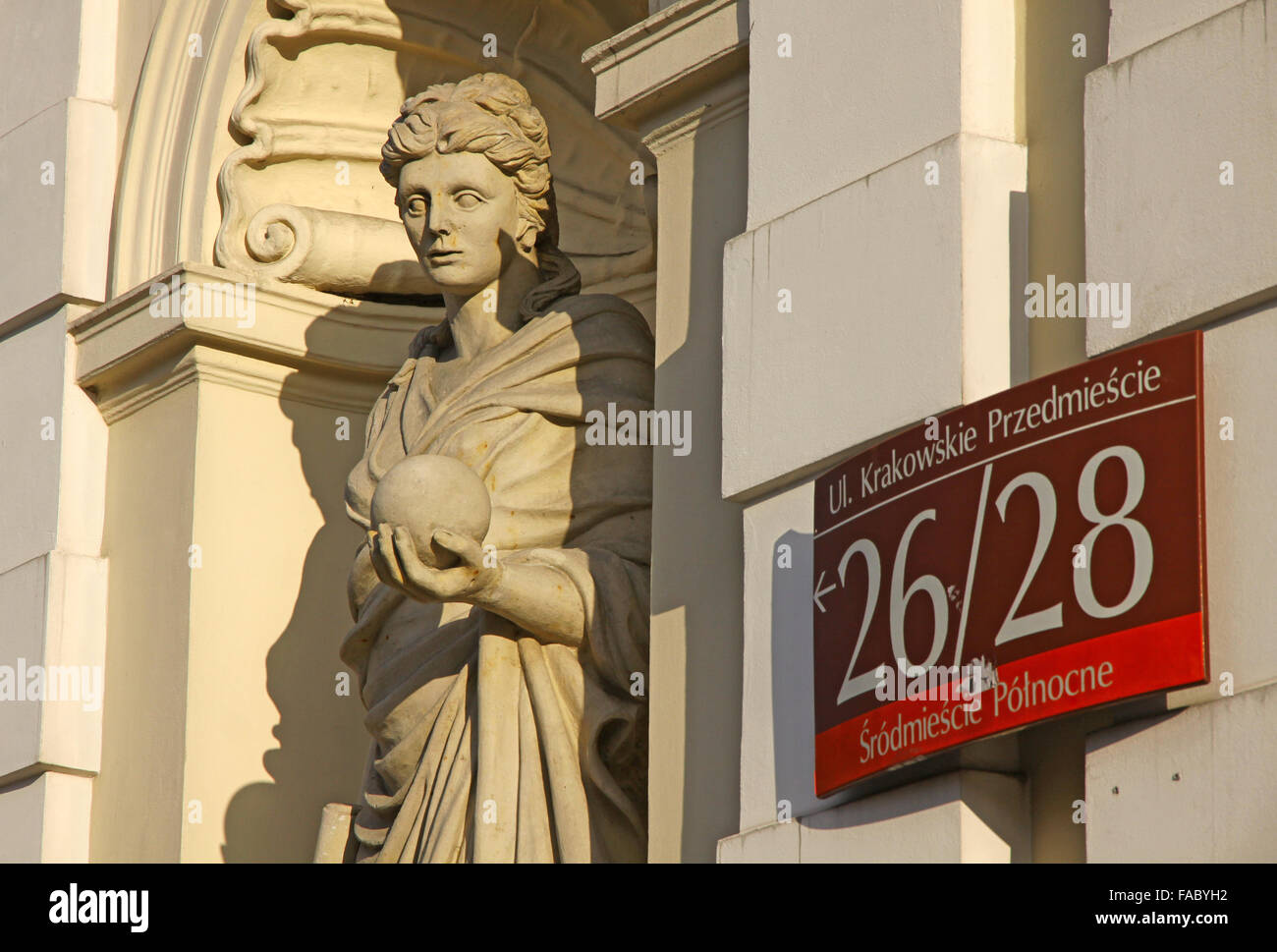 Sculpture of Muse (Urania) at the main gate of University of Warsaw, Poland Stock Photohttps://www.alamy.com/image-license-details/?v=1https://www.alamy.com/stock-photo-sculpture-of-muse-urania-at-the-main-gate-of-university-of-warsaw-92461518.html
Sculpture of Muse (Urania) at the main gate of University of Warsaw, Poland Stock Photohttps://www.alamy.com/image-license-details/?v=1https://www.alamy.com/stock-photo-sculpture-of-muse-urania-at-the-main-gate-of-university-of-warsaw-92461518.htmlRFFABYH2–Sculpture of Muse (Urania) at the main gate of University of Warsaw, Poland
 Statue of Urania, muse of astronomy, or Euterpe, muse of music. In the Belvedere Courtyard in the Vatican. Copperplate engraving from Pietro Paolo Montagnani-Mirabili's Il Museo Capitolino (The Capitoline Museum), Rome, 1820. Stock Photohttps://www.alamy.com/image-license-details/?v=1https://www.alamy.com/statue-of-urania-muse-of-astronomy-or-euterpe-muse-of-music-in-the-belvedere-courtyard-in-the-vatican-copperplate-engraving-from-pietro-paolo-montagnani-mirabilis-il-museo-capitolino-the-capitoline-museum-rome-1820-image212413793.html
Statue of Urania, muse of astronomy, or Euterpe, muse of music. In the Belvedere Courtyard in the Vatican. Copperplate engraving from Pietro Paolo Montagnani-Mirabili's Il Museo Capitolino (The Capitoline Museum), Rome, 1820. Stock Photohttps://www.alamy.com/image-license-details/?v=1https://www.alamy.com/statue-of-urania-muse-of-astronomy-or-euterpe-muse-of-music-in-the-belvedere-courtyard-in-the-vatican-copperplate-engraving-from-pietro-paolo-montagnani-mirabilis-il-museo-capitolino-the-capitoline-museum-rome-1820-image212413793.htmlRMP9G7XW–Statue of Urania, muse of astronomy, or Euterpe, muse of music. In the Belvedere Courtyard in the Vatican. Copperplate engraving from Pietro Paolo Montagnani-Mirabili's Il Museo Capitolino (The Capitoline Museum), Rome, 1820.
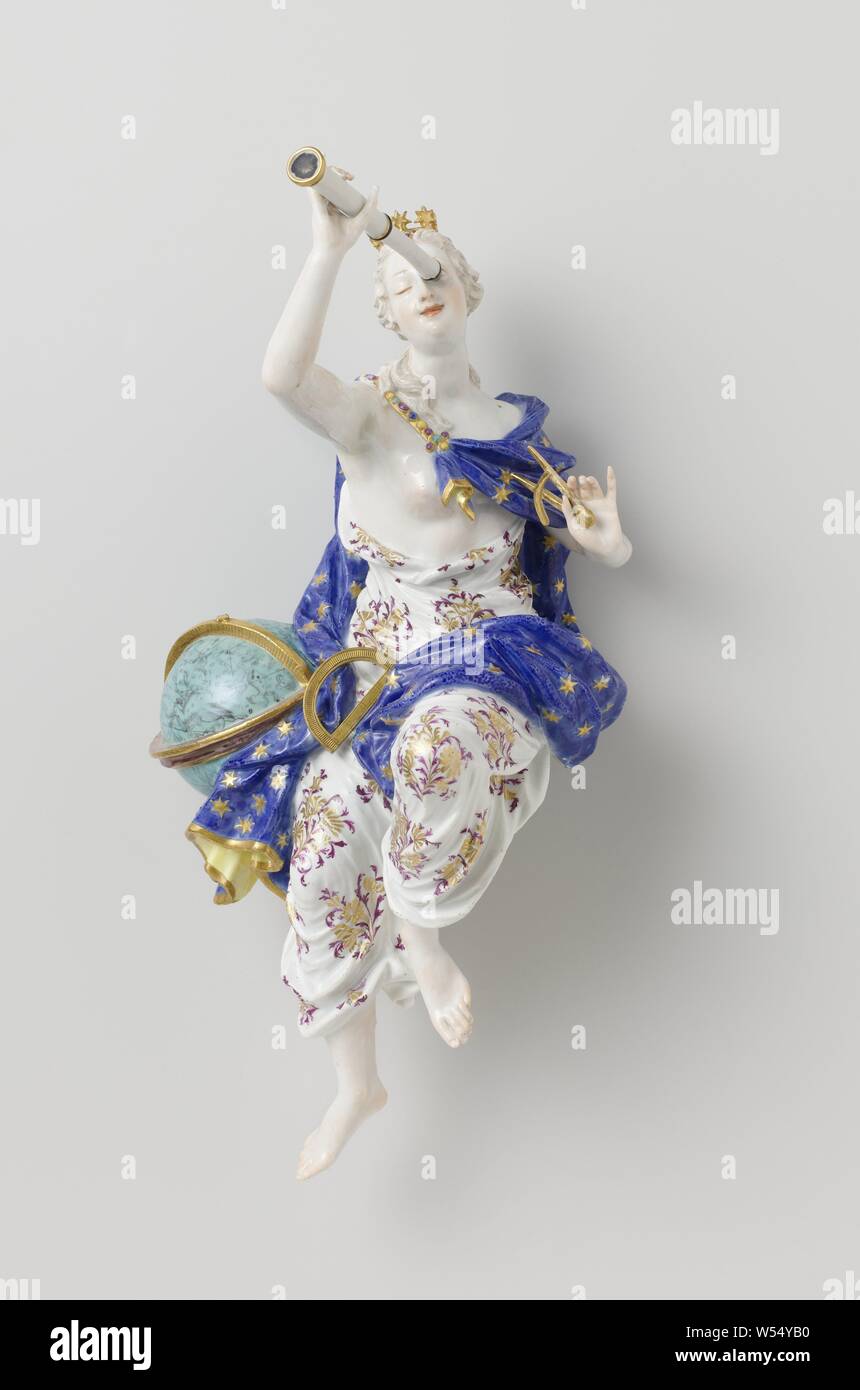 The muse Urania, Figure of painted porcelain. The figure represents a woman (the Muse Urania), who holds a gilt compass in the left hand and holds a loose telescope in front of her left eye with the right. There is a celestial globe on her right, encased in gilded bands. On her lap is a gilt bronze protractor. The image is not marked. Upon acquisition, the statue was mounted on a gilt bronze pedestal, Meissener Porzellan Manufaktur, Meissen, c. 1748 - c. 1750, porcelain (material), bronze (metal), gilding, h 42.5 cm × w 21.0 cm × d 23 cm Stock Photohttps://www.alamy.com/image-license-details/?v=1https://www.alamy.com/the-muse-urania-figure-of-painted-porcelain-the-figure-represents-a-woman-the-muse-urania-who-holds-a-gilt-compass-in-the-left-hand-and-holds-a-loose-telescope-in-front-of-her-left-eye-with-the-right-there-is-a-celestial-globe-on-her-right-encased-in-gilded-bands-on-her-lap-is-a-gilt-bronze-protractor-the-image-is-not-marked-upon-acquisition-the-statue-was-mounted-on-a-gilt-bronze-pedestal-meissener-porzellan-manufaktur-meissen-c-1748-c-1750-porcelain-material-bronze-metal-gilding-h-425-cm-w-210-cm-d-23-cm-image261338084.html
The muse Urania, Figure of painted porcelain. The figure represents a woman (the Muse Urania), who holds a gilt compass in the left hand and holds a loose telescope in front of her left eye with the right. There is a celestial globe on her right, encased in gilded bands. On her lap is a gilt bronze protractor. The image is not marked. Upon acquisition, the statue was mounted on a gilt bronze pedestal, Meissener Porzellan Manufaktur, Meissen, c. 1748 - c. 1750, porcelain (material), bronze (metal), gilding, h 42.5 cm × w 21.0 cm × d 23 cm Stock Photohttps://www.alamy.com/image-license-details/?v=1https://www.alamy.com/the-muse-urania-figure-of-painted-porcelain-the-figure-represents-a-woman-the-muse-urania-who-holds-a-gilt-compass-in-the-left-hand-and-holds-a-loose-telescope-in-front-of-her-left-eye-with-the-right-there-is-a-celestial-globe-on-her-right-encased-in-gilded-bands-on-her-lap-is-a-gilt-bronze-protractor-the-image-is-not-marked-upon-acquisition-the-statue-was-mounted-on-a-gilt-bronze-pedestal-meissener-porzellan-manufaktur-meissen-c-1748-c-1750-porcelain-material-bronze-metal-gilding-h-425-cm-w-210-cm-d-23-cm-image261338084.htmlRMW54YB0–The muse Urania, Figure of painted porcelain. The figure represents a woman (the Muse Urania), who holds a gilt compass in the left hand and holds a loose telescope in front of her left eye with the right. There is a celestial globe on her right, encased in gilded bands. On her lap is a gilt bronze protractor. The image is not marked. Upon acquisition, the statue was mounted on a gilt bronze pedestal, Meissener Porzellan Manufaktur, Meissen, c. 1748 - c. 1750, porcelain (material), bronze (metal), gilding, h 42.5 cm × w 21.0 cm × d 23 cm
 'Urania (Uranie)', c1850. Artist: Unknown. Stock Photohttps://www.alamy.com/image-license-details/?v=1https://www.alamy.com/urania-uranie-c1850-artist-unknown-image262789969.html
'Urania (Uranie)', c1850. Artist: Unknown. Stock Photohttps://www.alamy.com/image-license-details/?v=1https://www.alamy.com/urania-uranie-c1850-artist-unknown-image262789969.htmlRMW7F381–'Urania (Uranie)', c1850. Artist: Unknown.
 Skulptur Arc de 124,5°, An der Urania, Schoeneberg, Berlin, Deutschland Stock Photohttps://www.alamy.com/image-license-details/?v=1https://www.alamy.com/skulptur-arc-de-1245-an-der-urania-schoeneberg-berlin-deutschland-image261973945.html
Skulptur Arc de 124,5°, An der Urania, Schoeneberg, Berlin, Deutschland Stock Photohttps://www.alamy.com/image-license-details/?v=1https://www.alamy.com/skulptur-arc-de-1245-an-der-urania-schoeneberg-berlin-deutschland-image261973945.htmlRMW65XC9–Skulptur Arc de 124,5°, An der Urania, Schoeneberg, Berlin, Deutschland
 Sculpture Arc de 124, 5, An der Urania, Schoeneberg, Berlin, Germany Stock Photohttps://www.alamy.com/image-license-details/?v=1https://www.alamy.com/sculpture-arc-de-124-5-an-der-urania-schoeneberg-berlin-germany-image529753300.html
Sculpture Arc de 124, 5, An der Urania, Schoeneberg, Berlin, Germany Stock Photohttps://www.alamy.com/image-license-details/?v=1https://www.alamy.com/sculpture-arc-de-124-5-an-der-urania-schoeneberg-berlin-germany-image529753300.htmlRM2NNT9MM–Sculpture Arc de 124, 5, An der Urania, Schoeneberg, Berlin, Germany
 Skulptur Arc de 124,5?, Bernar Venet, An der Urania, Schoeneberg, Berlin, Deutschland Stock Photohttps://www.alamy.com/image-license-details/?v=1https://www.alamy.com/skulptur-arc-de-1245-bernar-venet-an-der-urania-schoeneberg-berlin-deutschland-image327016015.html
Skulptur Arc de 124,5?, Bernar Venet, An der Urania, Schoeneberg, Berlin, Deutschland Stock Photohttps://www.alamy.com/image-license-details/?v=1https://www.alamy.com/skulptur-arc-de-1245-bernar-venet-an-der-urania-schoeneberg-berlin-deutschland-image327016015.htmlRM2A00T7B–Skulptur Arc de 124,5?, Bernar Venet, An der Urania, Schoeneberg, Berlin, Deutschland
 Sculpture Arc de 124, 5?, Bernar Venet, An der Urania, Schoeneberg, Berlin, Germany Stock Photohttps://www.alamy.com/image-license-details/?v=1https://www.alamy.com/sculpture-arc-de-124-5-bernar-venet-an-der-urania-schoeneberg-berlin-germany-image526718382.html
Sculpture Arc de 124, 5?, Bernar Venet, An der Urania, Schoeneberg, Berlin, Germany Stock Photohttps://www.alamy.com/image-license-details/?v=1https://www.alamy.com/sculpture-arc-de-124-5-bernar-venet-an-der-urania-schoeneberg-berlin-germany-image526718382.htmlRM2NGX2JP–Sculpture Arc de 124, 5?, Bernar Venet, An der Urania, Schoeneberg, Berlin, Germany
 Second century AD Roman statue of Urania holding, the muse of atronomy holding a globe, the statue was restored from two separte staues of the period Stock Photohttps://www.alamy.com/image-license-details/?v=1https://www.alamy.com/stock-photo-second-century-ad-roman-statue-of-urania-holding-the-muse-of-atronomy-137339246.html
Second century AD Roman statue of Urania holding, the muse of atronomy holding a globe, the statue was restored from two separte staues of the period Stock Photohttps://www.alamy.com/image-license-details/?v=1https://www.alamy.com/stock-photo-second-century-ad-roman-statue-of-urania-holding-the-muse-of-atronomy-137339246.htmlRFHYC9H2–Second century AD Roman statue of Urania holding, the muse of atronomy holding a globe, the statue was restored from two separte staues of the period
 'Urania (Uranie)', c1850. Artist: Unknown. Stock Photohttps://www.alamy.com/image-license-details/?v=1https://www.alamy.com/stock-photo-urania-uranie-c1850-artist-unknown-135299587.html
'Urania (Uranie)', c1850. Artist: Unknown. Stock Photohttps://www.alamy.com/image-license-details/?v=1https://www.alamy.com/stock-photo-urania-uranie-c1850-artist-unknown-135299587.htmlRMHT3C03–'Urania (Uranie)', c1850. Artist: Unknown.
 Statue of Urania, the muse of astronomy , on Achillion palace, Corfu Greece. Stock Photohttps://www.alamy.com/image-license-details/?v=1https://www.alamy.com/stock-image-statue-of-urania-the-muse-of-astronomy-on-achillion-palace-corfu-greece-166721896.html
Statue of Urania, the muse of astronomy , on Achillion palace, Corfu Greece. Stock Photohttps://www.alamy.com/image-license-details/?v=1https://www.alamy.com/stock-image-statue-of-urania-the-muse-of-astronomy-on-achillion-palace-corfu-greece-166721896.htmlRFKK6RDC–Statue of Urania, the muse of astronomy , on Achillion palace, Corfu Greece.
 The muse Urania, Figure of painted porcelain. The figure represents a woman (the Muse Urania), who holds a gilt compass in the left hand and holds a loose telescope in front of her left eye with the right. There is a celestial globe on her right, encased in gilded bands. On her lap is a gilt bronze protractor. The image is not marked. Upon acquisition, the statue was mounted on a gilt bronze pedestal, Meissener Porzellan Manufaktur, Meissen, c. 1748 - c. 1750, porcelain (material), bronze (metal), gilding, h 42.5 cm × w 21.0 cm × d 23 cm, Reimagined by Gibon, design of warm cheerful glowing of Stock Photohttps://www.alamy.com/image-license-details/?v=1https://www.alamy.com/the-muse-urania-figure-of-painted-porcelain-the-figure-represents-a-woman-the-muse-urania-who-holds-a-gilt-compass-in-the-left-hand-and-holds-a-loose-telescope-in-front-of-her-left-eye-with-the-right-there-is-a-celestial-globe-on-her-right-encased-in-gilded-bands-on-her-lap-is-a-gilt-bronze-protractor-the-image-is-not-marked-upon-acquisition-the-statue-was-mounted-on-a-gilt-bronze-pedestal-meissener-porzellan-manufaktur-meissen-c-1748-c-1750-porcelain-material-bronze-metal-gilding-h-425-cm-w-210-cm-d-23-cm-reimagined-by-gibon-design-of-warm-cheerful-glowing-of-image349952757.html
The muse Urania, Figure of painted porcelain. The figure represents a woman (the Muse Urania), who holds a gilt compass in the left hand and holds a loose telescope in front of her left eye with the right. There is a celestial globe on her right, encased in gilded bands. On her lap is a gilt bronze protractor. The image is not marked. Upon acquisition, the statue was mounted on a gilt bronze pedestal, Meissener Porzellan Manufaktur, Meissen, c. 1748 - c. 1750, porcelain (material), bronze (metal), gilding, h 42.5 cm × w 21.0 cm × d 23 cm, Reimagined by Gibon, design of warm cheerful glowing of Stock Photohttps://www.alamy.com/image-license-details/?v=1https://www.alamy.com/the-muse-urania-figure-of-painted-porcelain-the-figure-represents-a-woman-the-muse-urania-who-holds-a-gilt-compass-in-the-left-hand-and-holds-a-loose-telescope-in-front-of-her-left-eye-with-the-right-there-is-a-celestial-globe-on-her-right-encased-in-gilded-bands-on-her-lap-is-a-gilt-bronze-protractor-the-image-is-not-marked-upon-acquisition-the-statue-was-mounted-on-a-gilt-bronze-pedestal-meissener-porzellan-manufaktur-meissen-c-1748-c-1750-porcelain-material-bronze-metal-gilding-h-425-cm-w-210-cm-d-23-cm-reimagined-by-gibon-design-of-warm-cheerful-glowing-of-image349952757.htmlRF2B99M8N–The muse Urania, Figure of painted porcelain. The figure represents a woman (the Muse Urania), who holds a gilt compass in the left hand and holds a loose telescope in front of her left eye with the right. There is a celestial globe on her right, encased in gilded bands. On her lap is a gilt bronze protractor. The image is not marked. Upon acquisition, the statue was mounted on a gilt bronze pedestal, Meissener Porzellan Manufaktur, Meissen, c. 1748 - c. 1750, porcelain (material), bronze (metal), gilding, h 42.5 cm × w 21.0 cm × d 23 cm, Reimagined by Gibon, design of warm cheerful glowing of
 Jean Jacques Avril (Engraver) Ancient female statue, Urania . Copper engraving, etching around 1818 Stock Photohttps://www.alamy.com/image-license-details/?v=1https://www.alamy.com/jean-jacques-avril-engraver-ancient-female-statue-urania-copper-engraving-etching-around-1818-image572947533.html
Jean Jacques Avril (Engraver) Ancient female statue, Urania . Copper engraving, etching around 1818 Stock Photohttps://www.alamy.com/image-license-details/?v=1https://www.alamy.com/jean-jacques-avril-engraver-ancient-female-statue-urania-copper-engraving-etching-around-1818-image572947533.htmlRM2T840BW–Jean Jacques Avril (Engraver) Ancient female statue, Urania . Copper engraving, etching around 1818
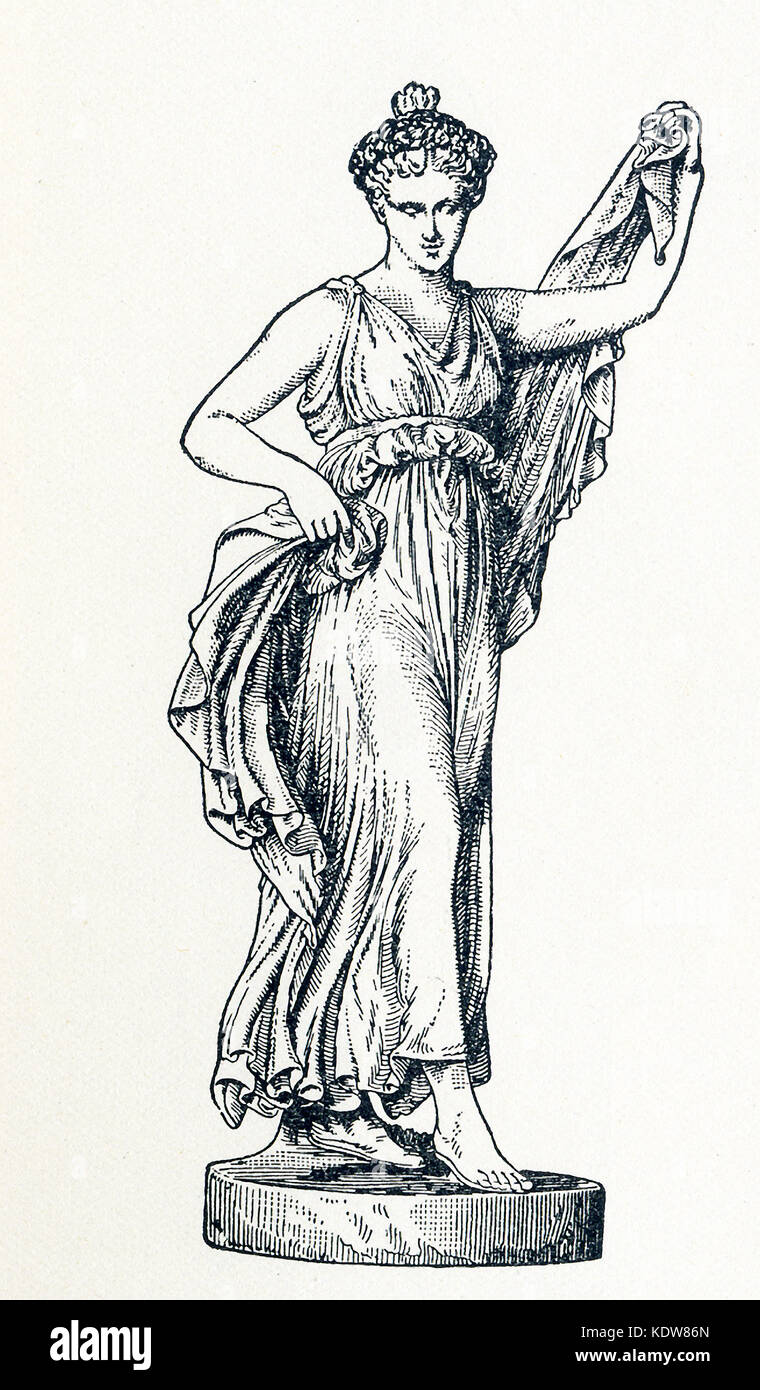 This illustration of Terpsichore dates to 1898. It shows the statue in Florence. Terpsichore was the goddess of the dance and chorus. In Greek and Roman mythology, the Muses were nine daughters of Zeus and Mnemosyne (goddess of memory). There were honored as the patrons of arts and sciences. Calliope was the head muse, and Apollo, the god of prophecy and song, was their leader. Stock Photohttps://www.alamy.com/image-license-details/?v=1https://www.alamy.com/stock-image-this-illustration-of-terpsichore-dates-to-1898-it-shows-the-statue-163439101.html
This illustration of Terpsichore dates to 1898. It shows the statue in Florence. Terpsichore was the goddess of the dance and chorus. In Greek and Roman mythology, the Muses were nine daughters of Zeus and Mnemosyne (goddess of memory). There were honored as the patrons of arts and sciences. Calliope was the head muse, and Apollo, the god of prophecy and song, was their leader. Stock Photohttps://www.alamy.com/image-license-details/?v=1https://www.alamy.com/stock-image-this-illustration-of-terpsichore-dates-to-1898-it-shows-the-statue-163439101.htmlRFKDW86N–This illustration of Terpsichore dates to 1898. It shows the statue in Florence. Terpsichore was the goddess of the dance and chorus. In Greek and Roman mythology, the Muses were nine daughters of Zeus and Mnemosyne (goddess of memory). There were honored as the patrons of arts and sciences. Calliope was the head muse, and Apollo, the god of prophecy and song, was their leader.
 Weltzeituhr World Time Clock at the Alexanderplatz Berlin Stock Photohttps://www.alamy.com/image-license-details/?v=1https://www.alamy.com/weltzeituhr-world-time-clock-at-the-alexanderplatz-berlin-image218919601.html
Weltzeituhr World Time Clock at the Alexanderplatz Berlin Stock Photohttps://www.alamy.com/image-license-details/?v=1https://www.alamy.com/weltzeituhr-world-time-clock-at-the-alexanderplatz-berlin-image218919601.htmlRMPM4J55–Weltzeituhr World Time Clock at the Alexanderplatz Berlin
 Alexanderplatz. Fernsehturm and The Universal Clock ´Urania´ .Berlin. Germany Stock Photohttps://www.alamy.com/image-license-details/?v=1https://www.alamy.com/alexanderplatz-fernsehturm-and-the-universal-clock-urania-berlin-germany-image533355455.html
Alexanderplatz. Fernsehturm and The Universal Clock ´Urania´ .Berlin. Germany Stock Photohttps://www.alamy.com/image-license-details/?v=1https://www.alamy.com/alexanderplatz-fernsehturm-and-the-universal-clock-urania-berlin-germany-image533355455.htmlRM2NYMC93–Alexanderplatz. Fernsehturm and The Universal Clock ´Urania´ .Berlin. Germany
 PAVLOVSK, ST PETERSBURG, RUSSIA - SEPTEMBER 21, 2017. Bronze sculpture of Urania -muse of astronomy, in her hands - a stick-radius, which was used by Stock Photohttps://www.alamy.com/image-license-details/?v=1https://www.alamy.com/pavlovsk-st-petersburg-russia-september-21-2017-bronze-sculpture-of-urania-muse-of-astronomy-in-her-hands-a-stick-radius-which-was-used-by-image426504904.html
PAVLOVSK, ST PETERSBURG, RUSSIA - SEPTEMBER 21, 2017. Bronze sculpture of Urania -muse of astronomy, in her hands - a stick-radius, which was used by Stock Photohttps://www.alamy.com/image-license-details/?v=1https://www.alamy.com/pavlovsk-st-petersburg-russia-september-21-2017-bronze-sculpture-of-urania-muse-of-astronomy-in-her-hands-a-stick-radius-which-was-used-by-image426504904.htmlRF2FNTYA0–PAVLOVSK, ST PETERSBURG, RUSSIA - SEPTEMBER 21, 2017. Bronze sculpture of Urania -muse of astronomy, in her hands - a stick-radius, which was used by
 Six Greek sculptors . add the way in which the hairwells out from beneath the band and overshadowsthe brow. We may see very much the same effect inthe beautiful head of the Farnese Hera which, thoughprobably Polyclitan in character, shows the samecombination of severity and delicacy which is con-spicuous in the Bologna head. Of another bronze statue by Phidias on the AthenianAcropolis, Apollo of the Locusts, we know nothing butthe name; his Aphrodite Urania was probably inspiredby the same distinction between heavenly and earthlylove which we find in Plato and later poets, and whichwas a curio Stock Photohttps://www.alamy.com/image-license-details/?v=1https://www.alamy.com/six-greek-sculptors-add-the-way-in-which-the-hairwells-out-from-beneath-the-band-and-overshadowsthe-brow-we-may-see-very-much-the-same-effect-inthe-beautiful-head-of-the-farnese-hera-which-thoughprobably-polyclitan-in-character-shows-the-samecombination-of-severity-and-delicacy-which-is-con-spicuous-in-the-bologna-head-of-another-bronze-statue-by-phidias-on-the-athenianacropolis-apollo-of-the-locusts-we-know-nothing-butthe-name-his-aphrodite-urania-was-probably-inspiredby-the-same-distinction-between-heavenly-and-earthlylove-which-we-find-in-plato-and-later-poets-and-whichwas-a-curio-image338194538.html
Six Greek sculptors . add the way in which the hairwells out from beneath the band and overshadowsthe brow. We may see very much the same effect inthe beautiful head of the Farnese Hera which, thoughprobably Polyclitan in character, shows the samecombination of severity and delicacy which is con-spicuous in the Bologna head. Of another bronze statue by Phidias on the AthenianAcropolis, Apollo of the Locusts, we know nothing butthe name; his Aphrodite Urania was probably inspiredby the same distinction between heavenly and earthlylove which we find in Plato and later poets, and whichwas a curio Stock Photohttps://www.alamy.com/image-license-details/?v=1https://www.alamy.com/six-greek-sculptors-add-the-way-in-which-the-hairwells-out-from-beneath-the-band-and-overshadowsthe-brow-we-may-see-very-much-the-same-effect-inthe-beautiful-head-of-the-farnese-hera-which-thoughprobably-polyclitan-in-character-shows-the-samecombination-of-severity-and-delicacy-which-is-con-spicuous-in-the-bologna-head-of-another-bronze-statue-by-phidias-on-the-athenianacropolis-apollo-of-the-locusts-we-know-nothing-butthe-name-his-aphrodite-urania-was-probably-inspiredby-the-same-distinction-between-heavenly-and-earthlylove-which-we-find-in-plato-and-later-poets-and-whichwas-a-curio-image338194538.htmlRM2AJ62GA–Six Greek sculptors . add the way in which the hairwells out from beneath the band and overshadowsthe brow. We may see very much the same effect inthe beautiful head of the Farnese Hera which, thoughprobably Polyclitan in character, shows the samecombination of severity and delicacy which is con-spicuous in the Bologna head. Of another bronze statue by Phidias on the AthenianAcropolis, Apollo of the Locusts, we know nothing butthe name; his Aphrodite Urania was probably inspiredby the same distinction between heavenly and earthlylove which we find in Plato and later poets, and whichwas a curio
 Sculpture of Muse at the main gate of University of Warsaw, Poland Stock Photohttps://www.alamy.com/image-license-details/?v=1https://www.alamy.com/stock-photo-sculpture-of-muse-at-the-main-gate-of-university-of-warsaw-poland-92461519.html
Sculpture of Muse at the main gate of University of Warsaw, Poland Stock Photohttps://www.alamy.com/image-license-details/?v=1https://www.alamy.com/stock-photo-sculpture-of-muse-at-the-main-gate-of-university-of-warsaw-poland-92461519.htmlRFFABYH3–Sculpture of Muse at the main gate of University of Warsaw, Poland
 Urania, muse of Astronomy. Hadrian's Villa, Tivoli, Italy.130-150. Marble. Roman copy of an original of the 2nd centory BC. Queen Christina of Sweden Collection. Prado Museum. Madrid. Spain. Stock Photohttps://www.alamy.com/image-license-details/?v=1https://www.alamy.com/urania-muse-of-astronomy-hadrians-villa-tivoli-italy130-150-marble-roman-copy-of-an-original-of-the-2nd-centory-bc-queen-christina-of-sweden-collection-prado-museum-madrid-spain-image211447928.html
Urania, muse of Astronomy. Hadrian's Villa, Tivoli, Italy.130-150. Marble. Roman copy of an original of the 2nd centory BC. Queen Christina of Sweden Collection. Prado Museum. Madrid. Spain. Stock Photohttps://www.alamy.com/image-license-details/?v=1https://www.alamy.com/urania-muse-of-astronomy-hadrians-villa-tivoli-italy130-150-marble-roman-copy-of-an-original-of-the-2nd-centory-bc-queen-christina-of-sweden-collection-prado-museum-madrid-spain-image211447928.htmlRMP807YM–Urania, muse of Astronomy. Hadrian's Villa, Tivoli, Italy.130-150. Marble. Roman copy of an original of the 2nd centory BC. Queen Christina of Sweden Collection. Prado Museum. Madrid. Spain.
 Skulptur Arc de 124,5?, Bernar Venet, An der Urania, Schoeneberg, Berlin, Deutschland Stock Photohttps://www.alamy.com/image-license-details/?v=1https://www.alamy.com/skulptur-arc-de-1245-bernar-venet-an-der-urania-schoeneberg-berlin-deutschland-image327016065.html
Skulptur Arc de 124,5?, Bernar Venet, An der Urania, Schoeneberg, Berlin, Deutschland Stock Photohttps://www.alamy.com/image-license-details/?v=1https://www.alamy.com/skulptur-arc-de-1245-bernar-venet-an-der-urania-schoeneberg-berlin-deutschland-image327016065.htmlRM2A00T95–Skulptur Arc de 124,5?, Bernar Venet, An der Urania, Schoeneberg, Berlin, Deutschland
 Sculpture Arc de 124, 5?, Bernar Venet, An der Urania, Schoeneberg, Berlin, Germany Stock Photohttps://www.alamy.com/image-license-details/?v=1https://www.alamy.com/sculpture-arc-de-124-5-bernar-venet-an-der-urania-schoeneberg-berlin-germany-image526718361.html
Sculpture Arc de 124, 5?, Bernar Venet, An der Urania, Schoeneberg, Berlin, Germany Stock Photohttps://www.alamy.com/image-license-details/?v=1https://www.alamy.com/sculpture-arc-de-124-5-bernar-venet-an-der-urania-schoeneberg-berlin-germany-image526718361.htmlRM2NGX2J1–Sculpture Arc de 124, 5?, Bernar Venet, An der Urania, Schoeneberg, Berlin, Germany
 Second century AD Roman statue of Urania holding, the muse of atronomy holding a globe, the statue was restored from two separte staues of the period Stock Photohttps://www.alamy.com/image-license-details/?v=1https://www.alamy.com/stock-photo-second-century-ad-roman-statue-of-urania-holding-the-muse-of-atronomy-137339245.html
Second century AD Roman statue of Urania holding, the muse of atronomy holding a globe, the statue was restored from two separte staues of the period Stock Photohttps://www.alamy.com/image-license-details/?v=1https://www.alamy.com/stock-photo-second-century-ad-roman-statue-of-urania-holding-the-muse-of-atronomy-137339245.htmlRFHYC9H1–Second century AD Roman statue of Urania holding, the muse of atronomy holding a globe, the statue was restored from two separte staues of the period
 Sculpture Sculpture Arc de 124, 5°, An der Urania, Schöneberg, Berlin, Germany, Europe Stock Photohttps://www.alamy.com/image-license-details/?v=1https://www.alamy.com/sculpture-sculpture-arc-de-124-5-an-der-urania-schneberg-berlin-germany-europe-image607265083.html
Sculpture Sculpture Arc de 124, 5°, An der Urania, Schöneberg, Berlin, Germany, Europe Stock Photohttps://www.alamy.com/image-license-details/?v=1https://www.alamy.com/sculpture-sculpture-arc-de-124-5-an-der-urania-schneberg-berlin-germany-europe-image607265083.htmlRM2X7Y8PK–Sculpture Sculpture Arc de 124, 5°, An der Urania, Schöneberg, Berlin, Germany, Europe
 Astronomy, Venus Urania, Standing young woman in contrapposto, with left leg raised, leaning on a beveled triangular block, next to it a globe and on the block a large shelf on which the woman leans with her left hand. Around it a drapery. Her right hand rests on her left shoulder, the head is turned to the right. The whole stands on an integral square base with angled corners. The statue goes back to Giambologna's Bronze Astronomy (or: Venus Urania, ca. 1575, original 38.8 cm high, anonymous, Dieppe, 1700 - 1900, ivory, h 30 cm w 7.2 cm × d 5.8 cm, Reimagined by Gibon, design of warm cheerful Stock Photohttps://www.alamy.com/image-license-details/?v=1https://www.alamy.com/astronomy-venus-urania-standing-young-woman-in-contrapposto-with-left-leg-raised-leaning-on-a-beveled-triangular-block-next-to-it-a-globe-and-on-the-block-a-large-shelf-on-which-the-woman-leans-with-her-left-hand-around-it-a-drapery-her-right-hand-rests-on-her-left-shoulder-the-head-is-turned-to-the-right-the-whole-stands-on-an-integral-square-base-with-angled-corners-the-statue-goes-back-to-giambolognas-bronze-astronomy-or-venus-urania-ca-1575-original-388-cm-high-anonymous-dieppe-1700-1900-ivory-h-30-cm-w-72-cm-d-58-cm-reimagined-by-gibon-design-of-warm-cheerful-image349962352.html
Astronomy, Venus Urania, Standing young woman in contrapposto, with left leg raised, leaning on a beveled triangular block, next to it a globe and on the block a large shelf on which the woman leans with her left hand. Around it a drapery. Her right hand rests on her left shoulder, the head is turned to the right. The whole stands on an integral square base with angled corners. The statue goes back to Giambologna's Bronze Astronomy (or: Venus Urania, ca. 1575, original 38.8 cm high, anonymous, Dieppe, 1700 - 1900, ivory, h 30 cm w 7.2 cm × d 5.8 cm, Reimagined by Gibon, design of warm cheerful Stock Photohttps://www.alamy.com/image-license-details/?v=1https://www.alamy.com/astronomy-venus-urania-standing-young-woman-in-contrapposto-with-left-leg-raised-leaning-on-a-beveled-triangular-block-next-to-it-a-globe-and-on-the-block-a-large-shelf-on-which-the-woman-leans-with-her-left-hand-around-it-a-drapery-her-right-hand-rests-on-her-left-shoulder-the-head-is-turned-to-the-right-the-whole-stands-on-an-integral-square-base-with-angled-corners-the-statue-goes-back-to-giambolognas-bronze-astronomy-or-venus-urania-ca-1575-original-388-cm-high-anonymous-dieppe-1700-1900-ivory-h-30-cm-w-72-cm-d-58-cm-reimagined-by-gibon-design-of-warm-cheerful-image349962352.htmlRF2B9A4FC–Astronomy, Venus Urania, Standing young woman in contrapposto, with left leg raised, leaning on a beveled triangular block, next to it a globe and on the block a large shelf on which the woman leans with her left hand. Around it a drapery. Her right hand rests on her left shoulder, the head is turned to the right. The whole stands on an integral square base with angled corners. The statue goes back to Giambologna's Bronze Astronomy (or: Venus Urania, ca. 1575, original 38.8 cm high, anonymous, Dieppe, 1700 - 1900, ivory, h 30 cm w 7.2 cm × d 5.8 cm, Reimagined by Gibon, design of warm cheerful
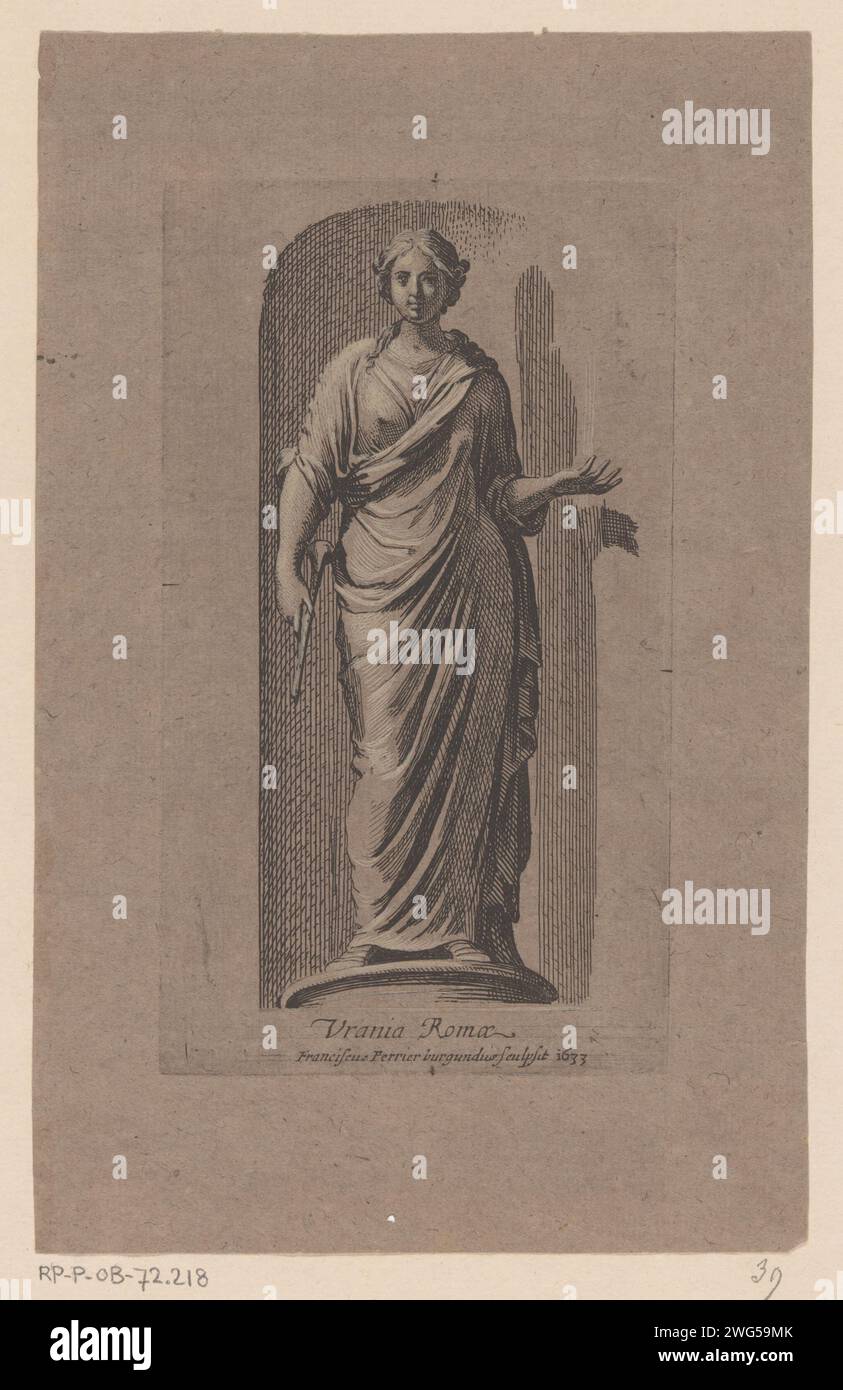 Statue of the Muze Urania, François Perrier, 1633 print paper etching piece of sculpture, reproduction of a piece of sculpture. Urania (one of the Muses); 'Urania' (Ripa) Stock Photohttps://www.alamy.com/image-license-details/?v=1https://www.alamy.com/statue-of-the-muze-urania-franois-perrier-1633-print-paper-etching-piece-of-sculpture-reproduction-of-a-piece-of-sculpture-urania-one-of-the-muses-urania-ripa-image595104403.html
Statue of the Muze Urania, François Perrier, 1633 print paper etching piece of sculpture, reproduction of a piece of sculpture. Urania (one of the Muses); 'Urania' (Ripa) Stock Photohttps://www.alamy.com/image-license-details/?v=1https://www.alamy.com/statue-of-the-muze-urania-franois-perrier-1633-print-paper-etching-piece-of-sculpture-reproduction-of-a-piece-of-sculpture-urania-one-of-the-muses-urania-ripa-image595104403.htmlRM2WG59MK–Statue of the Muze Urania, François Perrier, 1633 print paper etching piece of sculpture, reproduction of a piece of sculpture. Urania (one of the Muses); 'Urania' (Ripa)
 This illustration dates to 1898 and shows the statue of Melpomene in Vatican Museum. Melpomene was honored as the Muse of tragedy. In Greek and Roman mythology, the Muses were nine daughters of Zeus and Mnemosyne (goddess of memory). There were honored as the patrons of arts and sciences. Calliope was the head muse, and Apollo, the god of prophecy and song, was their leader. Stock Photohttps://www.alamy.com/image-license-details/?v=1https://www.alamy.com/stock-image-this-illustration-dates-to-1898-and-shows-the-statue-of-melpomene-163439094.html
This illustration dates to 1898 and shows the statue of Melpomene in Vatican Museum. Melpomene was honored as the Muse of tragedy. In Greek and Roman mythology, the Muses were nine daughters of Zeus and Mnemosyne (goddess of memory). There were honored as the patrons of arts and sciences. Calliope was the head muse, and Apollo, the god of prophecy and song, was their leader. Stock Photohttps://www.alamy.com/image-license-details/?v=1https://www.alamy.com/stock-image-this-illustration-dates-to-1898-and-shows-the-statue-of-melpomene-163439094.htmlRFKDW86E–This illustration dates to 1898 and shows the statue of Melpomene in Vatican Museum. Melpomene was honored as the Muse of tragedy. In Greek and Roman mythology, the Muses were nine daughters of Zeus and Mnemosyne (goddess of memory). There were honored as the patrons of arts and sciences. Calliope was the head muse, and Apollo, the god of prophecy and song, was their leader.
 Weltzeituhr World Time Clock at the Alexanderplatz Berlin Stock Photohttps://www.alamy.com/image-license-details/?v=1https://www.alamy.com/weltzeituhr-world-time-clock-at-the-alexanderplatz-berlin-image218919448.html
Weltzeituhr World Time Clock at the Alexanderplatz Berlin Stock Photohttps://www.alamy.com/image-license-details/?v=1https://www.alamy.com/weltzeituhr-world-time-clock-at-the-alexanderplatz-berlin-image218919448.htmlRMPM4HYM–Weltzeituhr World Time Clock at the Alexanderplatz Berlin
 www.flickr.com/photos/internetarchivebookimages/tags/book... . Clio, the Muse of History. (Froma statue now in Sweden.) MUSAE 577 491, Od. i. 10; Hes. Th. 52, 915; Apollod. i. 3,li. There were other traditions of their beingdaughters of Uranus and Ge fin allusion to theorigin of springs), or of Pierus, from theirworship ill Pieria and their names Pierides or in Hesioc f all the nine, and these nine names became the usual ones.They are Clio, Futerpe, Thalia, Melpomene,Terpsichore, Erato, Polymnia or Polyhymnia,Urania, and Calliope. In some local tradi-. Pieriae nymphae (Cic. N.D. ii. 21, 54).—2 Stock Photohttps://www.alamy.com/image-license-details/?v=1https://www.alamy.com/wwwflickrcomphotosinternetarchivebookimagestagsbook-clio-the-muse-of-history-froma-statue-now-in-sweden-musae-577-491-od-i-10-hes-th-52-915-apollod-i-3li-there-were-other-traditions-of-their-beingdaughters-of-uranus-and-ge-fin-allusion-to-theorigin-of-springs-or-of-pierus-from-theirworship-ill-pieria-and-their-names-pierides-or-in-hesioc-f-all-the-nine-and-these-nine-names-became-the-usual-onesthey-are-clio-futerpe-thalia-melpomeneterpsichore-erato-polymnia-or-polyhymniaurania-and-calliope-in-some-local-tradi-pieriae-nymphae-cic-nd-ii-21-542-image338421734.html
www.flickr.com/photos/internetarchivebookimages/tags/book... . Clio, the Muse of History. (Froma statue now in Sweden.) MUSAE 577 491, Od. i. 10; Hes. Th. 52, 915; Apollod. i. 3,li. There were other traditions of their beingdaughters of Uranus and Ge fin allusion to theorigin of springs), or of Pierus, from theirworship ill Pieria and their names Pierides or in Hesioc f all the nine, and these nine names became the usual ones.They are Clio, Futerpe, Thalia, Melpomene,Terpsichore, Erato, Polymnia or Polyhymnia,Urania, and Calliope. In some local tradi-. Pieriae nymphae (Cic. N.D. ii. 21, 54).—2 Stock Photohttps://www.alamy.com/image-license-details/?v=1https://www.alamy.com/wwwflickrcomphotosinternetarchivebookimagestagsbook-clio-the-muse-of-history-froma-statue-now-in-sweden-musae-577-491-od-i-10-hes-th-52-915-apollod-i-3li-there-were-other-traditions-of-their-beingdaughters-of-uranus-and-ge-fin-allusion-to-theorigin-of-springs-or-of-pierus-from-theirworship-ill-pieria-and-their-names-pierides-or-in-hesioc-f-all-the-nine-and-these-nine-names-became-the-usual-onesthey-are-clio-futerpe-thalia-melpomeneterpsichore-erato-polymnia-or-polyhymniaurania-and-calliope-in-some-local-tradi-pieriae-nymphae-cic-nd-ii-21-542-image338421734.htmlRM2AJGCAE–www.flickr.com/photos/internetarchivebookimages/tags/book... . Clio, the Muse of History. (Froma statue now in Sweden.) MUSAE 577 491, Od. i. 10; Hes. Th. 52, 915; Apollod. i. 3,li. There were other traditions of their beingdaughters of Uranus and Ge fin allusion to theorigin of springs), or of Pierus, from theirworship ill Pieria and their names Pierides or in Hesioc f all the nine, and these nine names became the usual ones.They are Clio, Futerpe, Thalia, Melpomene,Terpsichore, Erato, Polymnia or Polyhymnia,Urania, and Calliope. In some local tradi-. Pieriae nymphae (Cic. N.D. ii. 21, 54).—2
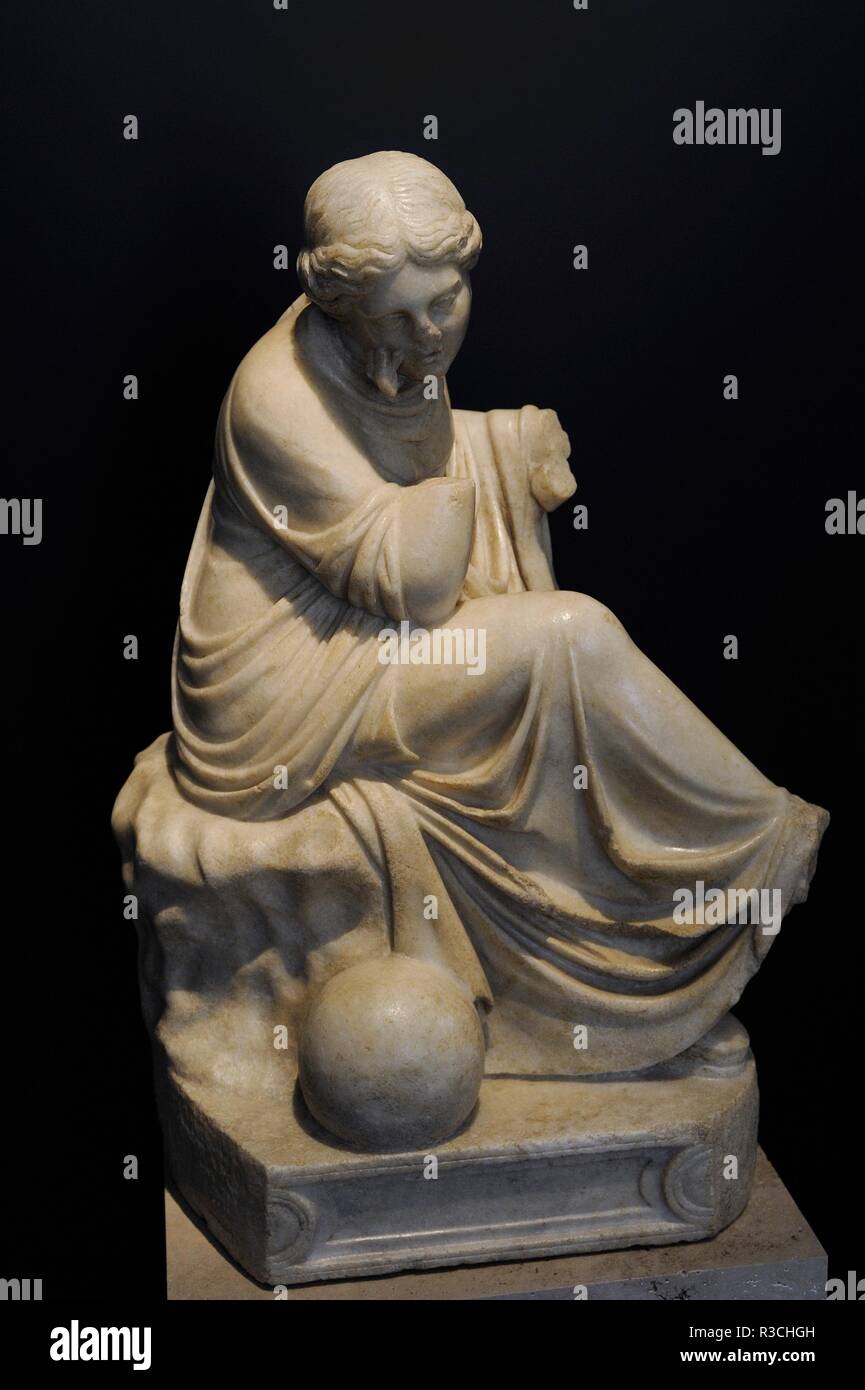 Urania. Musa de la Astronomía y la Astrología. Siglo I a. C. Estatua de mármol de Urania en actitud pensativa con la esfera celeste a sus pies. Decoraba el peristilo de una casa malacitana. Churriana (provincia de Málaga, Andalucía). Museo Arqueológico Nacional. Madrid. España. Stock Photohttps://www.alamy.com/image-license-details/?v=1https://www.alamy.com/urania-musa-de-la-astronoma-y-la-astrologa-siglo-i-a-c-estatua-de-mrmol-de-urania-en-actitud-pensativa-con-la-esfera-celeste-a-sus-pies-decoraba-el-peristilo-de-una-casa-malacitana-churriana-provincia-de-mlaga-andaluca-museo-arqueolgico-nacional-madrid-espaa-image225855969.html
Urania. Musa de la Astronomía y la Astrología. Siglo I a. C. Estatua de mármol de Urania en actitud pensativa con la esfera celeste a sus pies. Decoraba el peristilo de una casa malacitana. Churriana (provincia de Málaga, Andalucía). Museo Arqueológico Nacional. Madrid. España. Stock Photohttps://www.alamy.com/image-license-details/?v=1https://www.alamy.com/urania-musa-de-la-astronoma-y-la-astrologa-siglo-i-a-c-estatua-de-mrmol-de-urania-en-actitud-pensativa-con-la-esfera-celeste-a-sus-pies-decoraba-el-peristilo-de-una-casa-malacitana-churriana-provincia-de-mlaga-andaluca-museo-arqueolgico-nacional-madrid-espaa-image225855969.htmlRMR3CHGH–Urania. Musa de la Astronomía y la Astrología. Siglo I a. C. Estatua de mármol de Urania en actitud pensativa con la esfera celeste a sus pies. Decoraba el peristilo de una casa malacitana. Churriana (provincia de Málaga, Andalucía). Museo Arqueológico Nacional. Madrid. España.
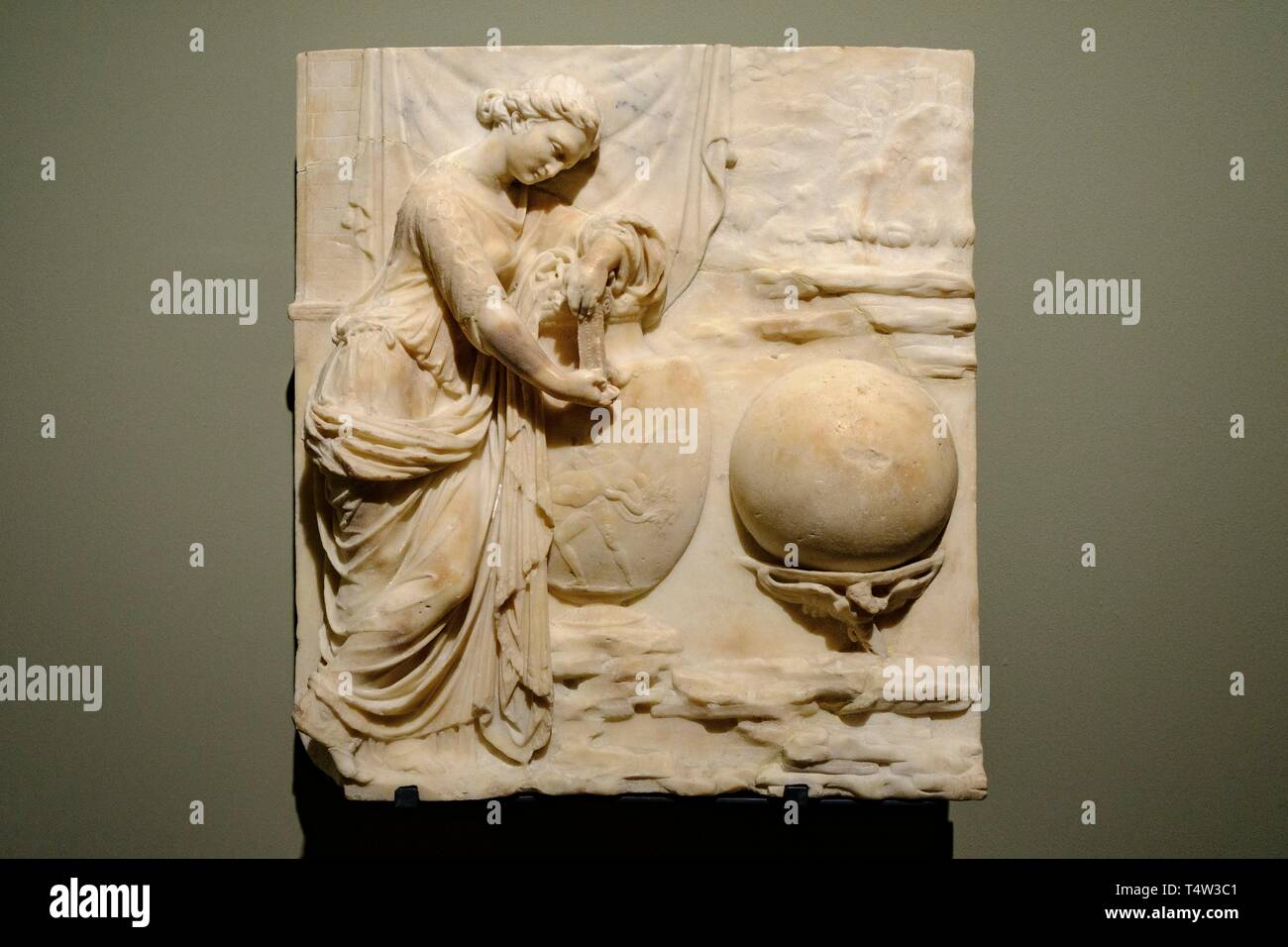 Urania, musa de la astronomia, Italia, siglo I dC, marmol, coleccion His de la Salle. Stock Photohttps://www.alamy.com/image-license-details/?v=1https://www.alamy.com/urania-musa-de-la-astronomia-italia-siglo-i-dc-marmol-coleccion-his-de-la-salle-image243955265.html
Urania, musa de la astronomia, Italia, siglo I dC, marmol, coleccion His de la Salle. Stock Photohttps://www.alamy.com/image-license-details/?v=1https://www.alamy.com/urania-musa-de-la-astronomia-italia-siglo-i-dc-marmol-coleccion-his-de-la-salle-image243955265.htmlRMT4W3C1–Urania, musa de la astronomia, Italia, siglo I dC, marmol, coleccion His de la Salle.
 De muze urania, Meissener porcelain manufactory, c. 1748 - c. 1750 Figure of painted porcelain. The figure represents a woman (the muse Urania), who holds a gilded passer in the left hand and holds a loose telescope in front of her left eye with the right. On her right side is a celestial globe, caught in gilded tires. There is a gilded bronze degree arch on her lap. The image is not marked. In the event of acquisition, the statue was mounted on a gilded bronze pedestal (BK-1964-21-B). Float porcelain. bronze (metal) gilding Figure of painted porcelain. The figure represents a woman (the muse Stock Photohttps://www.alamy.com/image-license-details/?v=1https://www.alamy.com/de-muze-urania-meissener-porcelain-manufactory-c-1748-c-1750-figure-of-painted-porcelain-the-figure-represents-a-woman-the-muse-urania-who-holds-a-gilded-passer-in-the-left-hand-and-holds-a-loose-telescope-in-front-of-her-left-eye-with-the-right-on-her-right-side-is-a-celestial-globe-caught-in-gilded-tires-there-is-a-gilded-bronze-degree-arch-on-her-lap-the-image-is-not-marked-in-the-event-of-acquisition-the-statue-was-mounted-on-a-gilded-bronze-pedestal-bk-1964-21-b-float-porcelain-bronze-metal-gilding-figure-of-painted-porcelain-the-figure-represents-a-woman-the-muse-image576355179.html
De muze urania, Meissener porcelain manufactory, c. 1748 - c. 1750 Figure of painted porcelain. The figure represents a woman (the muse Urania), who holds a gilded passer in the left hand and holds a loose telescope in front of her left eye with the right. On her right side is a celestial globe, caught in gilded tires. There is a gilded bronze degree arch on her lap. The image is not marked. In the event of acquisition, the statue was mounted on a gilded bronze pedestal (BK-1964-21-B). Float porcelain. bronze (metal) gilding Figure of painted porcelain. The figure represents a woman (the muse Stock Photohttps://www.alamy.com/image-license-details/?v=1https://www.alamy.com/de-muze-urania-meissener-porcelain-manufactory-c-1748-c-1750-figure-of-painted-porcelain-the-figure-represents-a-woman-the-muse-urania-who-holds-a-gilded-passer-in-the-left-hand-and-holds-a-loose-telescope-in-front-of-her-left-eye-with-the-right-on-her-right-side-is-a-celestial-globe-caught-in-gilded-tires-there-is-a-gilded-bronze-degree-arch-on-her-lap-the-image-is-not-marked-in-the-event-of-acquisition-the-statue-was-mounted-on-a-gilded-bronze-pedestal-bk-1964-21-b-float-porcelain-bronze-metal-gilding-figure-of-painted-porcelain-the-figure-represents-a-woman-the-muse-image576355179.htmlRM2TDK6WF–De muze urania, Meissener porcelain manufactory, c. 1748 - c. 1750 Figure of painted porcelain. The figure represents a woman (the muse Urania), who holds a gilded passer in the left hand and holds a loose telescope in front of her left eye with the right. On her right side is a celestial globe, caught in gilded tires. There is a gilded bronze degree arch on her lap. The image is not marked. In the event of acquisition, the statue was mounted on a gilded bronze pedestal (BK-1964-21-B). Float porcelain. bronze (metal) gilding Figure of painted porcelain. The figure represents a woman (the muse
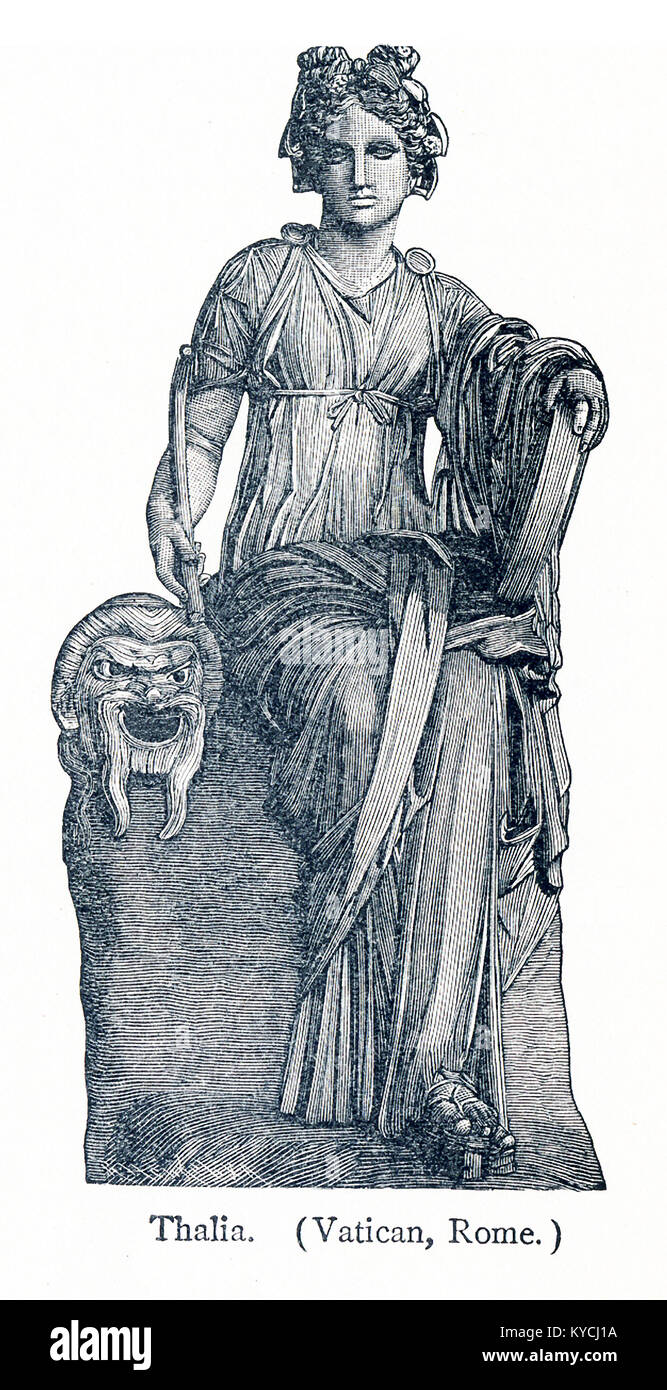 This illustration dates to 1898 and shows a statue of Thalia in the Vatican Museum. Erato was honored as the Muse of comedy. In Greek and Roman mythology, the Muses were nine daughters of Zeus and Mnemosyne (goddess of memory). There were honored as the patrons of arts and sciences. Calliope was the head muse, and Apollo, the god of prophecy and song, was their leader. Stock Photohttps://www.alamy.com/image-license-details/?v=1https://www.alamy.com/stock-photo-this-illustration-dates-to-1898-and-shows-a-statue-of-thalia-in-the-171766598.html
This illustration dates to 1898 and shows a statue of Thalia in the Vatican Museum. Erato was honored as the Muse of comedy. In Greek and Roman mythology, the Muses were nine daughters of Zeus and Mnemosyne (goddess of memory). There were honored as the patrons of arts and sciences. Calliope was the head muse, and Apollo, the god of prophecy and song, was their leader. Stock Photohttps://www.alamy.com/image-license-details/?v=1https://www.alamy.com/stock-photo-this-illustration-dates-to-1898-and-shows-a-statue-of-thalia-in-the-171766598.htmlRFKYCJ1A–This illustration dates to 1898 and shows a statue of Thalia in the Vatican Museum. Erato was honored as the Muse of comedy. In Greek and Roman mythology, the Muses were nine daughters of Zeus and Mnemosyne (goddess of memory). There were honored as the patrons of arts and sciences. Calliope was the head muse, and Apollo, the god of prophecy and song, was their leader.
 Urania, musa de la astronomia, Italia, siglo I dC, marmol, coleccion His de la Salle. Stock Photohttps://www.alamy.com/image-license-details/?v=1https://www.alamy.com/urania-musa-de-la-astronomia-italia-siglo-i-dc-marmol-coleccion-his-de-la-salle-image553001603.html
Urania, musa de la astronomia, Italia, siglo I dC, marmol, coleccion His de la Salle. Stock Photohttps://www.alamy.com/image-license-details/?v=1https://www.alamy.com/urania-musa-de-la-astronomia-italia-siglo-i-dc-marmol-coleccion-his-de-la-salle-image553001603.htmlRM2R3KB57–Urania, musa de la astronomia, Italia, siglo I dC, marmol, coleccion His de la Salle.
 Astronomy, Venus Urania, Anonymous, 1700 - 1900 Standing young woman in contrapposto, with lifted left leg, leaning on a turned triangular block; Next to it a globe and on the block a large shelf on which the woman supports her left hand. A drapery around it. Her right hand rests on her left shoulder, the head is used to the right. The whole stands on an integral square pedestal with turned corners. The statue goes back on Giambologna's bronze astronomy (or: Venus Urania, ca. 1575, original 38.8 cm high, art -historical museum, Vienna, inv. No. PL 5893). Dieppe ivory Standing young woman in co Stock Photohttps://www.alamy.com/image-license-details/?v=1https://www.alamy.com/astronomy-venus-urania-anonymous-1700-1900-standing-young-woman-in-contrapposto-with-lifted-left-leg-leaning-on-a-turned-triangular-block-next-to-it-a-globe-and-on-the-block-a-large-shelf-on-which-the-woman-supports-her-left-hand-a-drapery-around-it-her-right-hand-rests-on-her-left-shoulder-the-head-is-used-to-the-right-the-whole-stands-on-an-integral-square-pedestal-with-turned-corners-the-statue-goes-back-on-giambolognas-bronze-astronomy-or-venus-urania-ca-1575-original-388-cm-high-art-historical-museum-vienna-inv-no-pl-5893-dieppe-ivory-standing-young-woman-in-co-image576313948.html
Astronomy, Venus Urania, Anonymous, 1700 - 1900 Standing young woman in contrapposto, with lifted left leg, leaning on a turned triangular block; Next to it a globe and on the block a large shelf on which the woman supports her left hand. A drapery around it. Her right hand rests on her left shoulder, the head is used to the right. The whole stands on an integral square pedestal with turned corners. The statue goes back on Giambologna's bronze astronomy (or: Venus Urania, ca. 1575, original 38.8 cm high, art -historical museum, Vienna, inv. No. PL 5893). Dieppe ivory Standing young woman in co Stock Photohttps://www.alamy.com/image-license-details/?v=1https://www.alamy.com/astronomy-venus-urania-anonymous-1700-1900-standing-young-woman-in-contrapposto-with-lifted-left-leg-leaning-on-a-turned-triangular-block-next-to-it-a-globe-and-on-the-block-a-large-shelf-on-which-the-woman-supports-her-left-hand-a-drapery-around-it-her-right-hand-rests-on-her-left-shoulder-the-head-is-used-to-the-right-the-whole-stands-on-an-integral-square-pedestal-with-turned-corners-the-statue-goes-back-on-giambolognas-bronze-astronomy-or-venus-urania-ca-1575-original-388-cm-high-art-historical-museum-vienna-inv-no-pl-5893-dieppe-ivory-standing-young-woman-in-co-image576313948.htmlRM2TDHA90–Astronomy, Venus Urania, Anonymous, 1700 - 1900 Standing young woman in contrapposto, with lifted left leg, leaning on a turned triangular block; Next to it a globe and on the block a large shelf on which the woman supports her left hand. A drapery around it. Her right hand rests on her left shoulder, the head is used to the right. The whole stands on an integral square pedestal with turned corners. The statue goes back on Giambologna's bronze astronomy (or: Venus Urania, ca. 1575, original 38.8 cm high, art -historical museum, Vienna, inv. No. PL 5893). Dieppe ivory Standing young woman in co
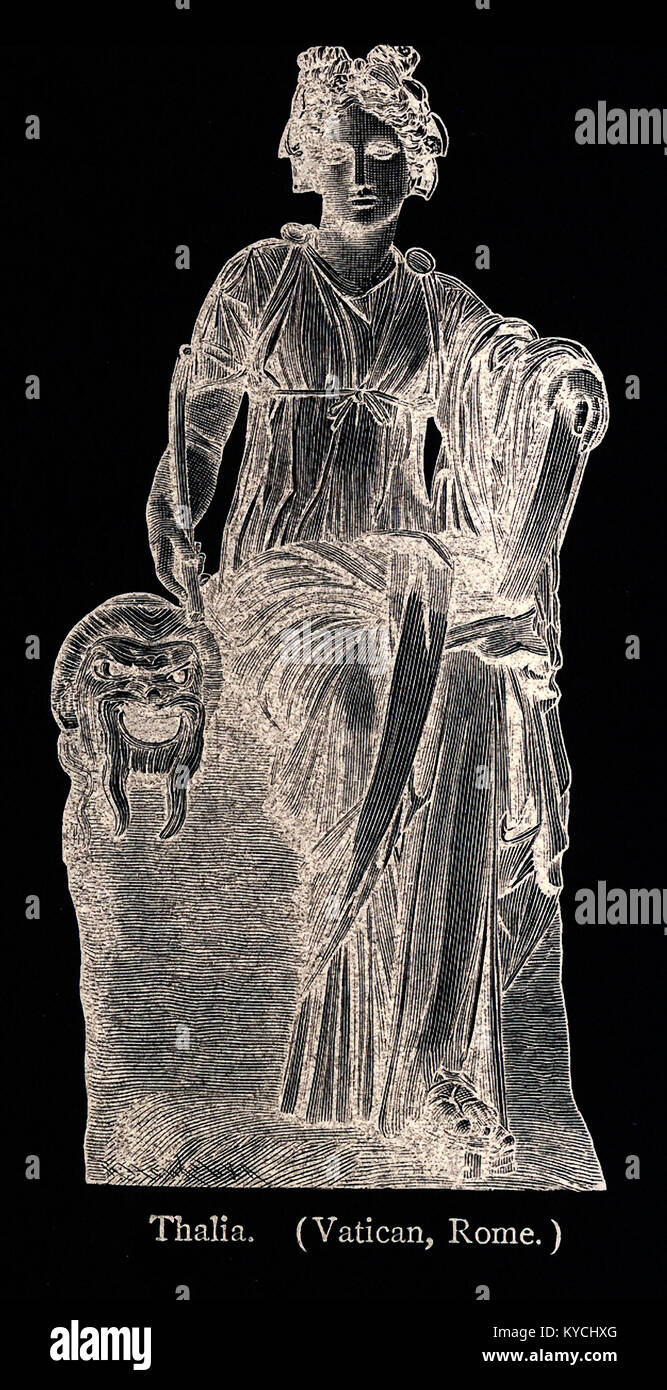 This illustration dates to 1898 and shows a statue of Thalia in the Vatican Museum. Erato was honored as the Muse of comedy. In Greek and Roman mythology, the Muses were nine daughters of Zeus and Mnemosyne (goddess of memory). There were honored as the patrons of arts and sciences. Calliope was the head muse, and Apollo, the god of prophecy and song, was their leader. Stock Photohttps://www.alamy.com/image-license-details/?v=1https://www.alamy.com/stock-photo-this-illustration-dates-to-1898-and-shows-a-statue-of-thalia-in-the-171766520.html
This illustration dates to 1898 and shows a statue of Thalia in the Vatican Museum. Erato was honored as the Muse of comedy. In Greek and Roman mythology, the Muses were nine daughters of Zeus and Mnemosyne (goddess of memory). There were honored as the patrons of arts and sciences. Calliope was the head muse, and Apollo, the god of prophecy and song, was their leader. Stock Photohttps://www.alamy.com/image-license-details/?v=1https://www.alamy.com/stock-photo-this-illustration-dates-to-1898-and-shows-a-statue-of-thalia-in-the-171766520.htmlRFKYCHXG–This illustration dates to 1898 and shows a statue of Thalia in the Vatican Museum. Erato was honored as the Muse of comedy. In Greek and Roman mythology, the Muses were nine daughters of Zeus and Mnemosyne (goddess of memory). There were honored as the patrons of arts and sciences. Calliope was the head muse, and Apollo, the god of prophecy and song, was their leader.
 Statue of the muse urania; Vrania .. Stock Photohttps://www.alamy.com/image-license-details/?v=1https://www.alamy.com/statue-of-the-muse-urania-vrania-image414464737.html
Statue of the muse urania; Vrania .. Stock Photohttps://www.alamy.com/image-license-details/?v=1https://www.alamy.com/statue-of-the-muse-urania-vrania-image414464737.htmlRM2F28E01–Statue of the muse urania; Vrania ..
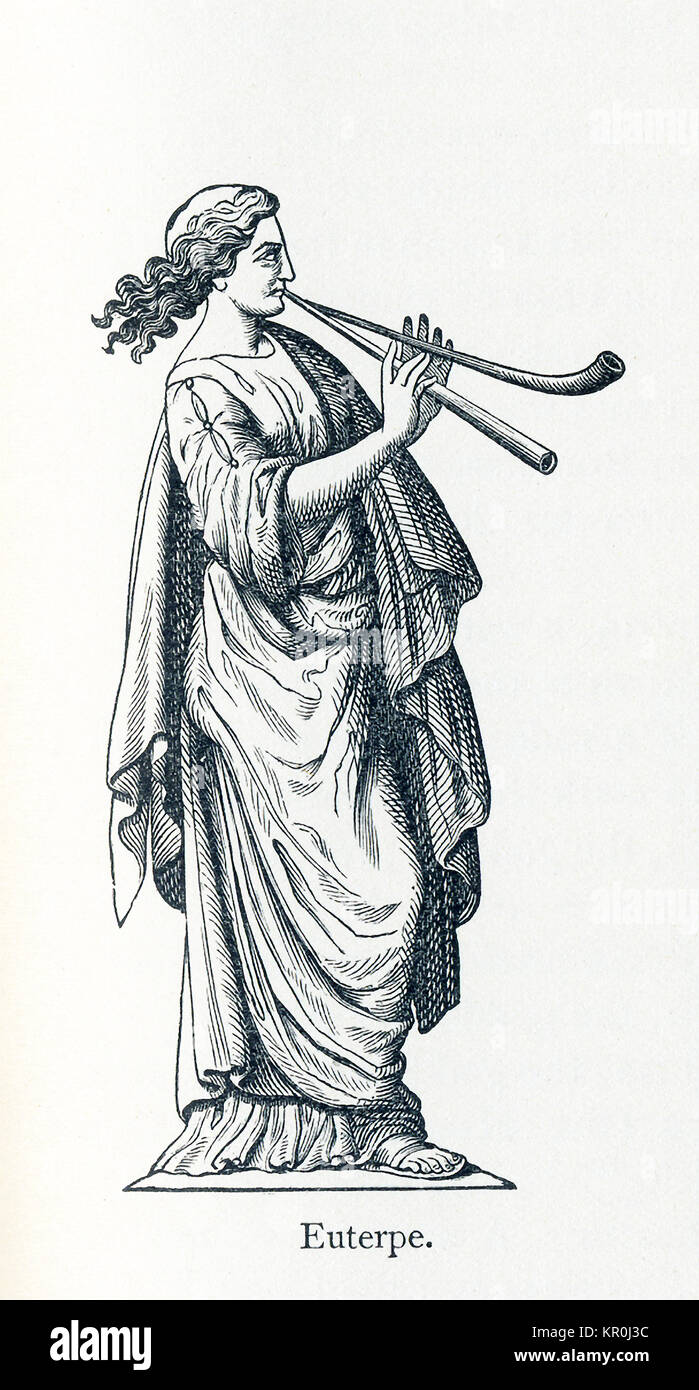 This illustration dates to 1898 and shows a statue of Euterpe. Euterpe was honored as the Muse of music, song, and lyric poetry. In Greek and Roman mythology, the Muses were nine daughters of Zeus and Mnemosyne (goddess of memory). There were honored as the patrons of arts and sciences. Calliope was the head muse, and Apollo, the god of prophecy and song, was their leader. Stock Photohttps://www.alamy.com/image-license-details/?v=1https://www.alamy.com/stock-image-this-illustration-dates-to-1898-and-shows-a-statue-of-euterpe-euterpe-169044608.html
This illustration dates to 1898 and shows a statue of Euterpe. Euterpe was honored as the Muse of music, song, and lyric poetry. In Greek and Roman mythology, the Muses were nine daughters of Zeus and Mnemosyne (goddess of memory). There were honored as the patrons of arts and sciences. Calliope was the head muse, and Apollo, the god of prophecy and song, was their leader. Stock Photohttps://www.alamy.com/image-license-details/?v=1https://www.alamy.com/stock-image-this-illustration-dates-to-1898-and-shows-a-statue-of-euterpe-euterpe-169044608.htmlRFKR0J3C–This illustration dates to 1898 and shows a statue of Euterpe. Euterpe was honored as the Muse of music, song, and lyric poetry. In Greek and Roman mythology, the Muses were nine daughters of Zeus and Mnemosyne (goddess of memory). There were honored as the patrons of arts and sciences. Calliope was the head muse, and Apollo, the god of prophecy and song, was their leader.
 This illustration dates to 1898 and shows a statue of Erato in Louvre Museum. Erato was honored as the Muse of love poetry. In Greek and Roman mythology, the Muses were nine daughters of Zeus and Mnemosyne (goddess of memory). There were honored as the patrons of arts and sciences. Calliope was the head muse, and Apollo, the god of prophecy and song, was their leader. Stock Photohttps://www.alamy.com/image-license-details/?v=1https://www.alamy.com/stock-image-this-illustration-dates-to-1898-and-shows-a-statue-of-erato-in-louvre-169044697.html
This illustration dates to 1898 and shows a statue of Erato in Louvre Museum. Erato was honored as the Muse of love poetry. In Greek and Roman mythology, the Muses were nine daughters of Zeus and Mnemosyne (goddess of memory). There were honored as the patrons of arts and sciences. Calliope was the head muse, and Apollo, the god of prophecy and song, was their leader. Stock Photohttps://www.alamy.com/image-license-details/?v=1https://www.alamy.com/stock-image-this-illustration-dates-to-1898-and-shows-a-statue-of-erato-in-louvre-169044697.htmlRFKR0J6H–This illustration dates to 1898 and shows a statue of Erato in Louvre Museum. Erato was honored as the Muse of love poetry. In Greek and Roman mythology, the Muses were nine daughters of Zeus and Mnemosyne (goddess of memory). There were honored as the patrons of arts and sciences. Calliope was the head muse, and Apollo, the god of prophecy and song, was their leader.
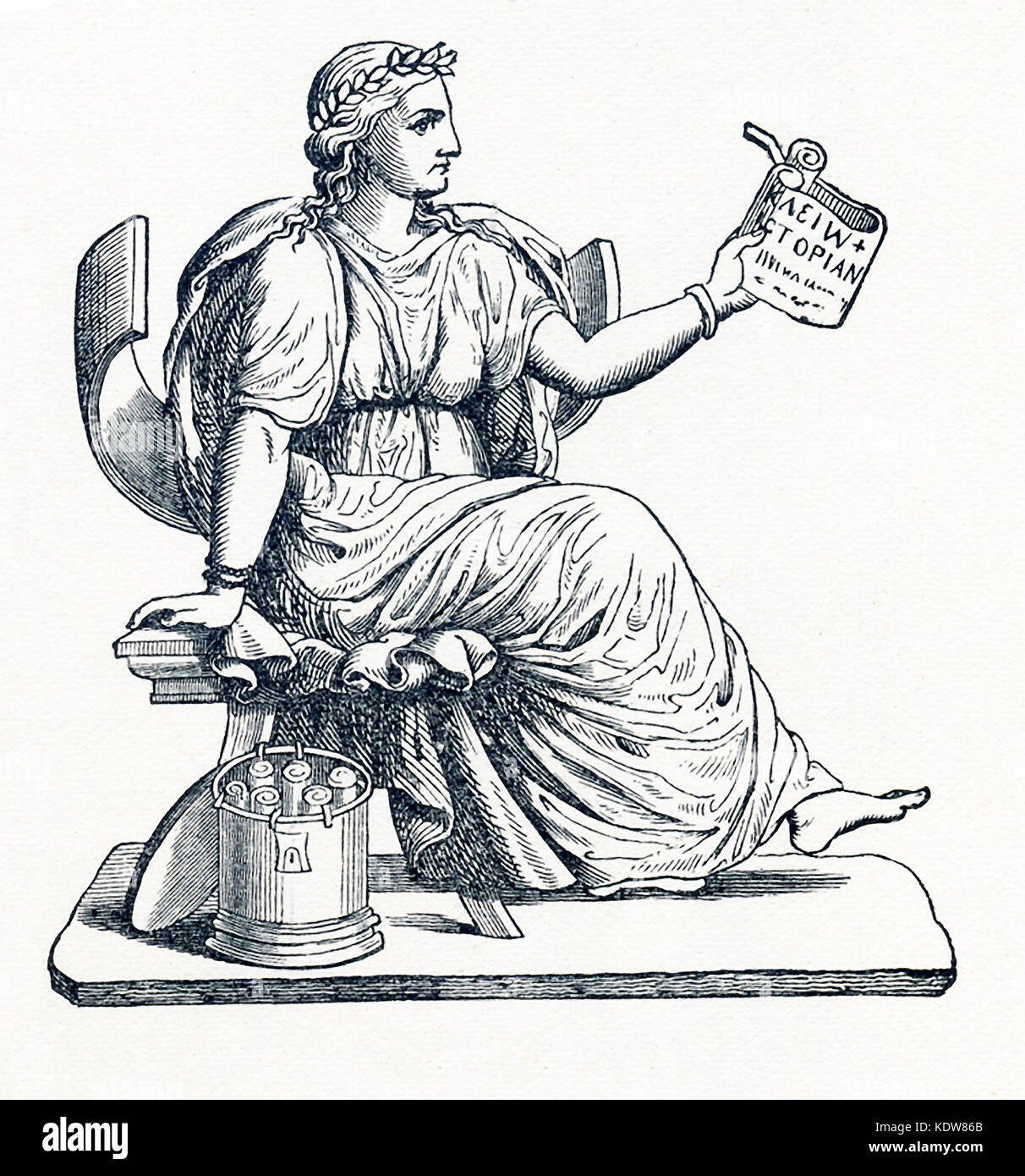 This illustration dates to 1898 and shows Clio, the Muse of history, as prepresented by a statue now in the Louvre Museum in Paris. In Greek and Roman mythology, the Muses were nine daughters of Zeus and Mnemosyne (goddess of memory). There were honored as the patrons of arts and sciences. Calliope was the head muse, and Apollo, the god of prophecy and song, was their leader. Stock Photohttps://www.alamy.com/image-license-details/?v=1https://www.alamy.com/stock-image-this-illustration-dates-to-1898-and-shows-clio-the-muse-of-history-163439091.html
This illustration dates to 1898 and shows Clio, the Muse of history, as prepresented by a statue now in the Louvre Museum in Paris. In Greek and Roman mythology, the Muses were nine daughters of Zeus and Mnemosyne (goddess of memory). There were honored as the patrons of arts and sciences. Calliope was the head muse, and Apollo, the god of prophecy and song, was their leader. Stock Photohttps://www.alamy.com/image-license-details/?v=1https://www.alamy.com/stock-image-this-illustration-dates-to-1898-and-shows-clio-the-muse-of-history-163439091.htmlRFKDW86B–This illustration dates to 1898 and shows Clio, the Muse of history, as prepresented by a statue now in the Louvre Museum in Paris. In Greek and Roman mythology, the Muses were nine daughters of Zeus and Mnemosyne (goddess of memory). There were honored as the patrons of arts and sciences. Calliope was the head muse, and Apollo, the god of prophecy and song, was their leader.